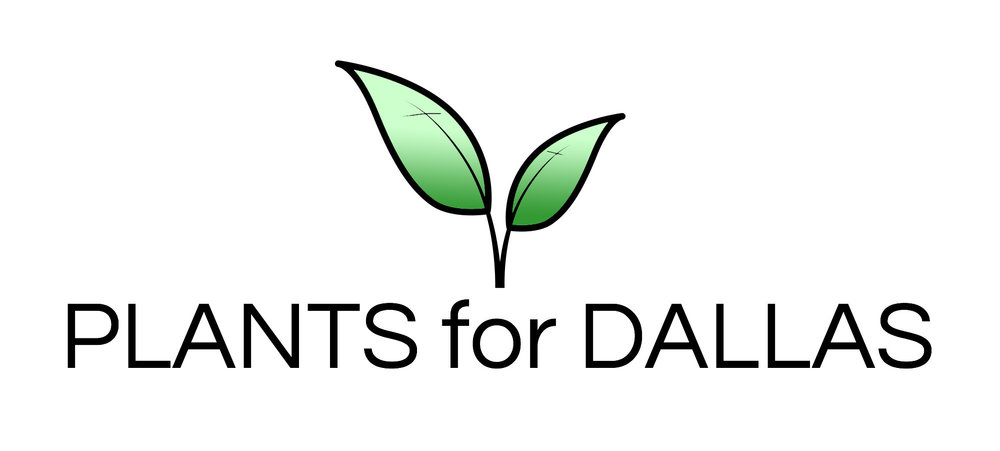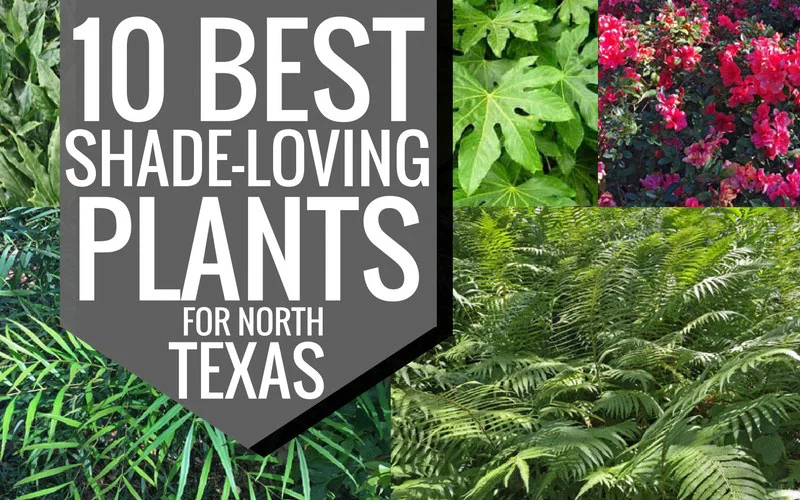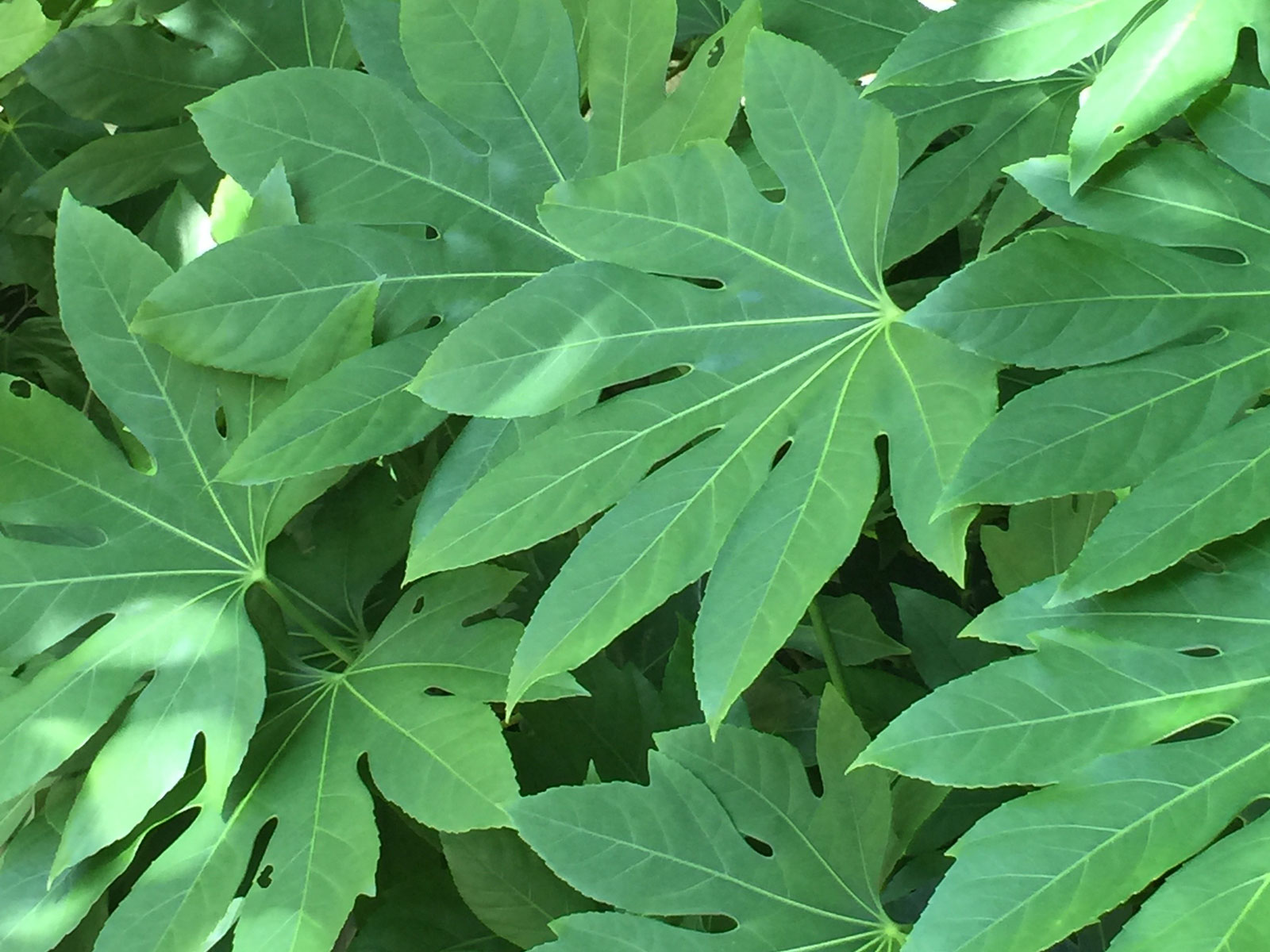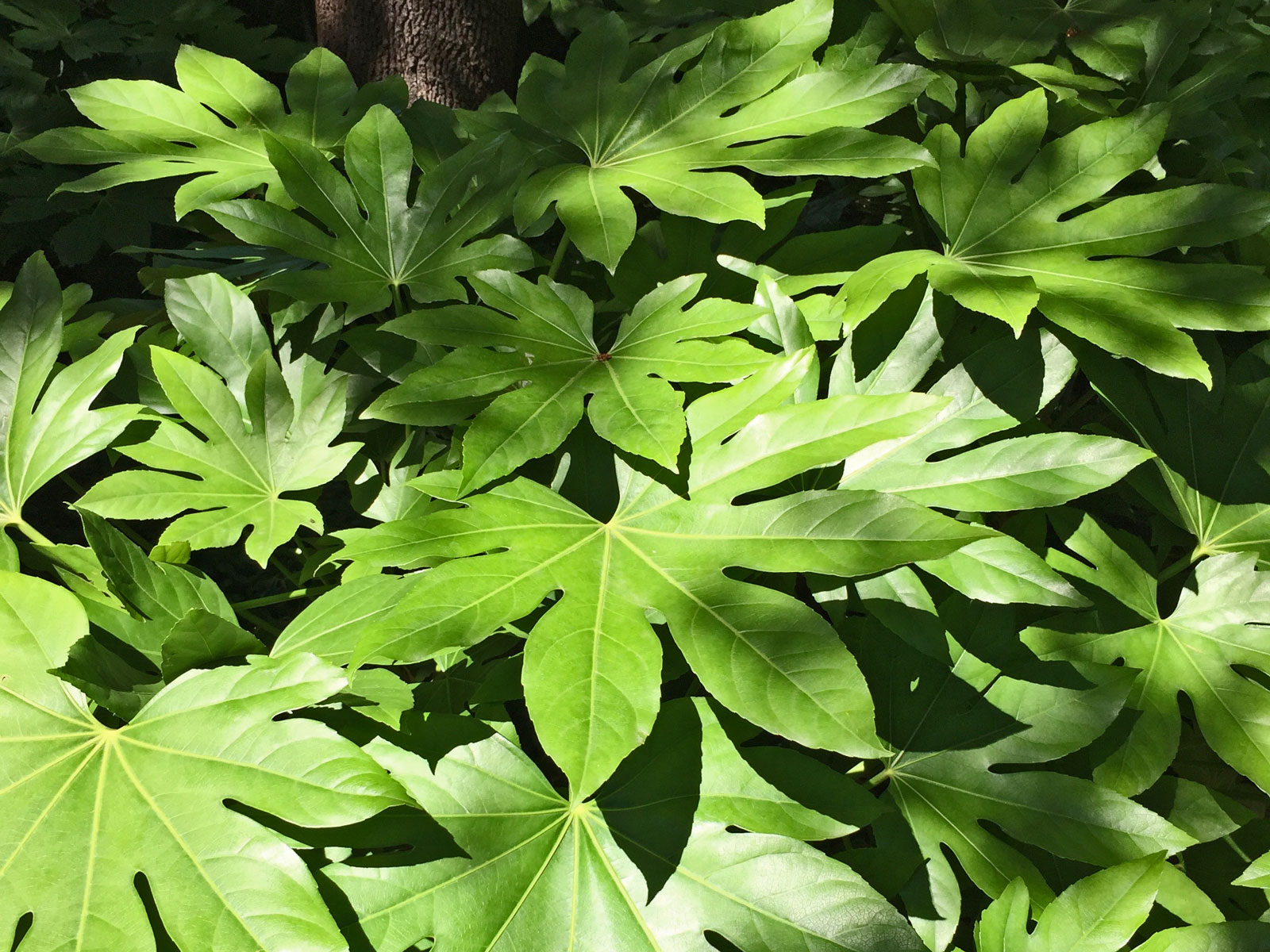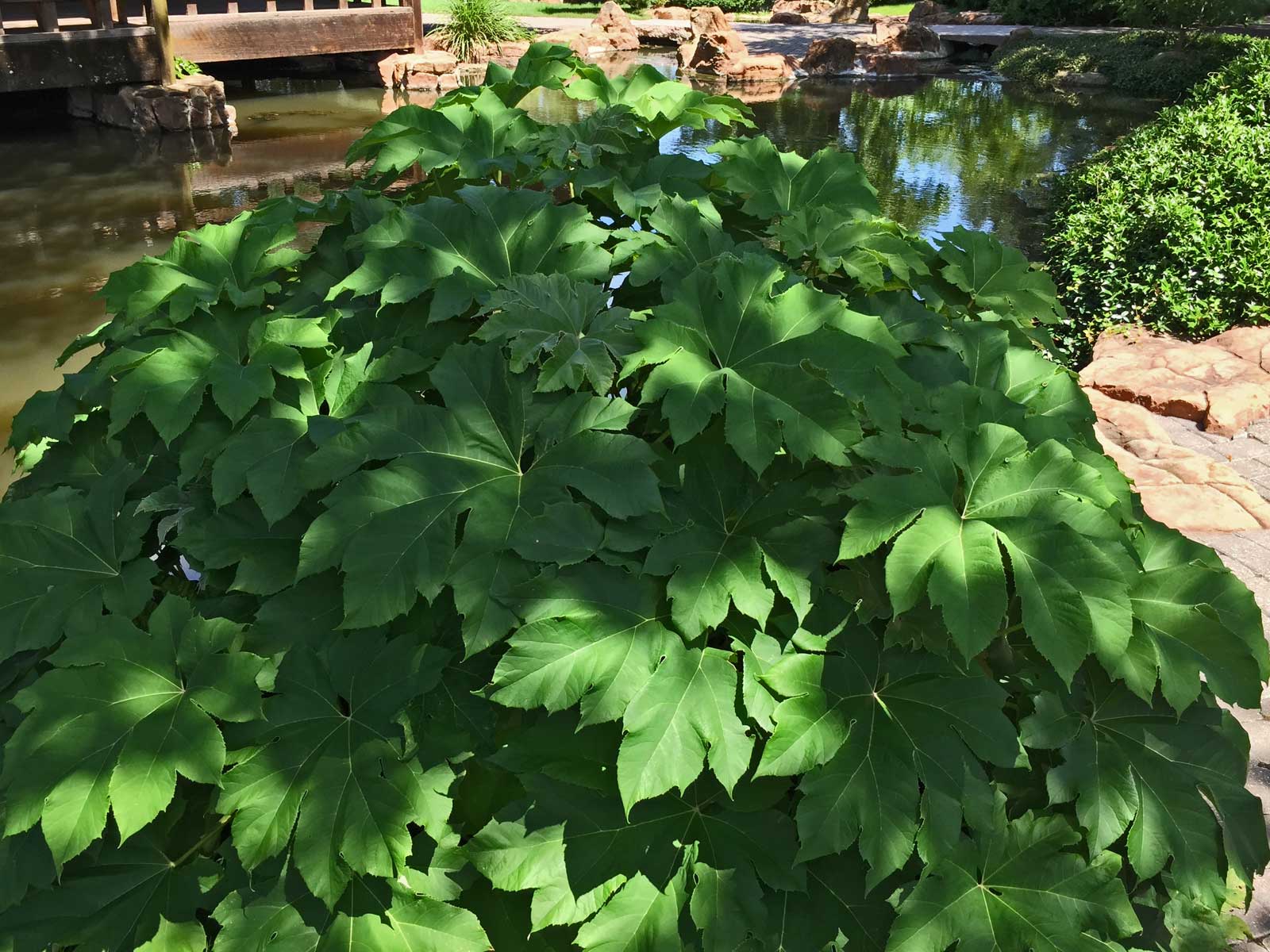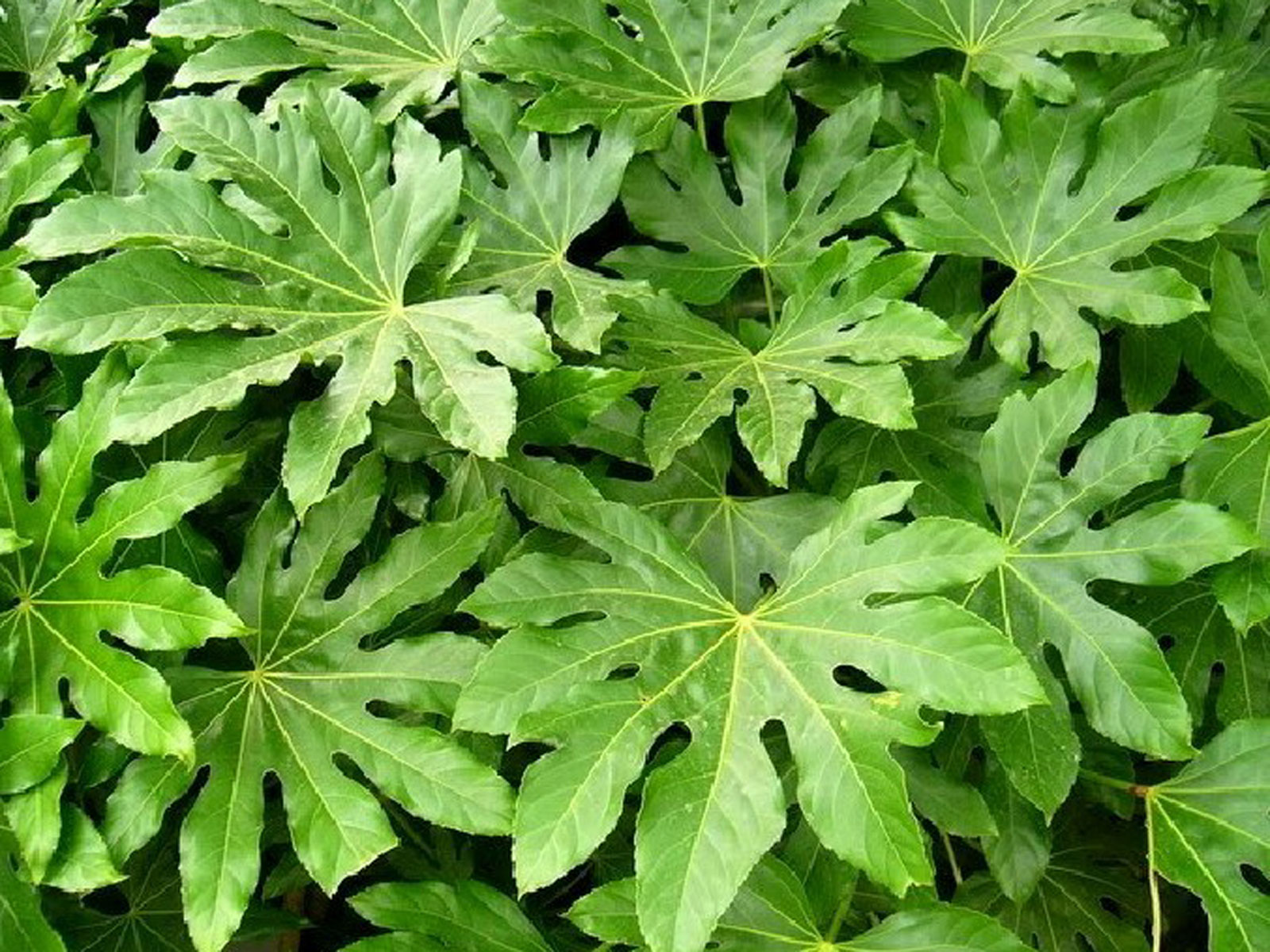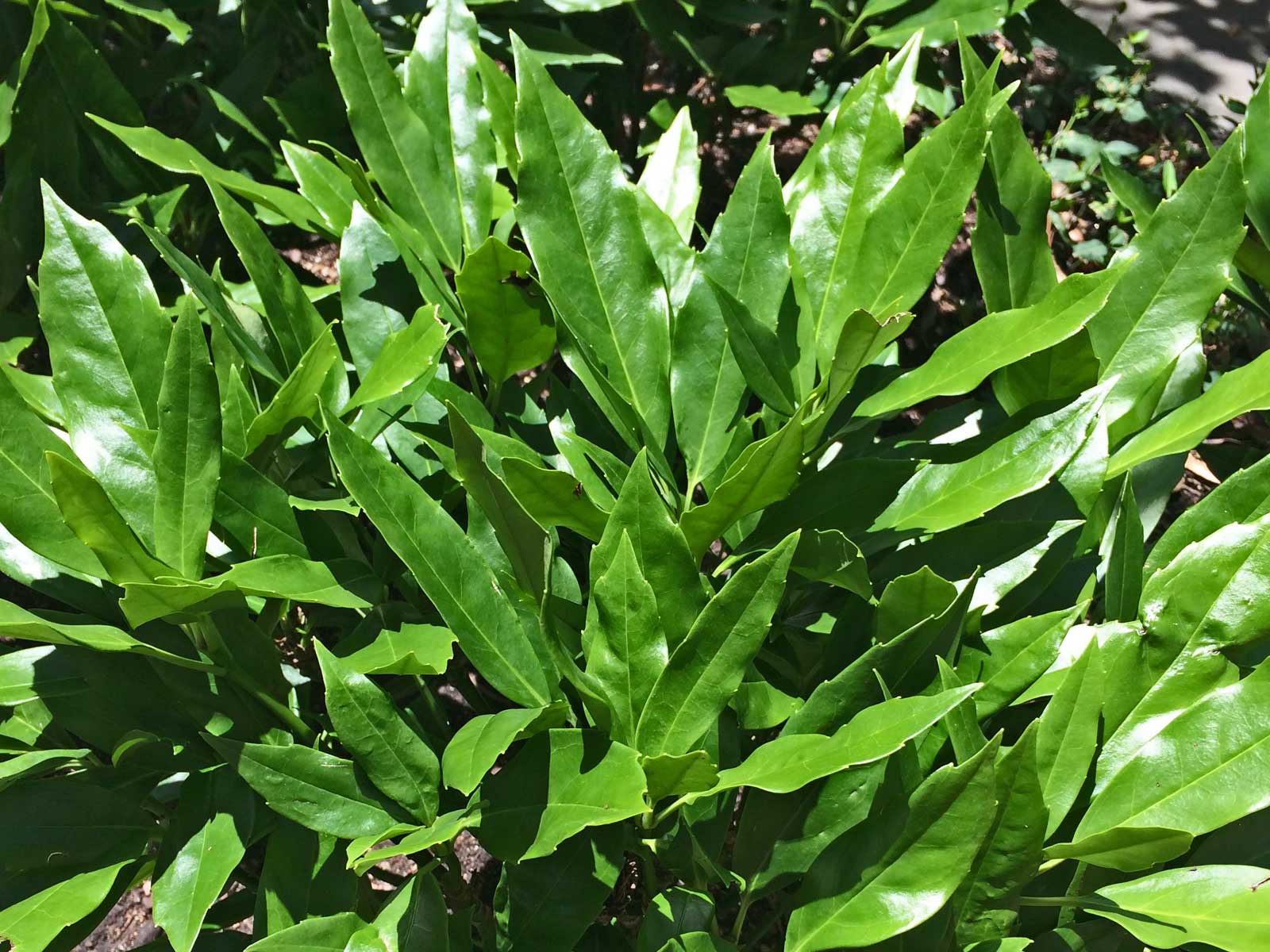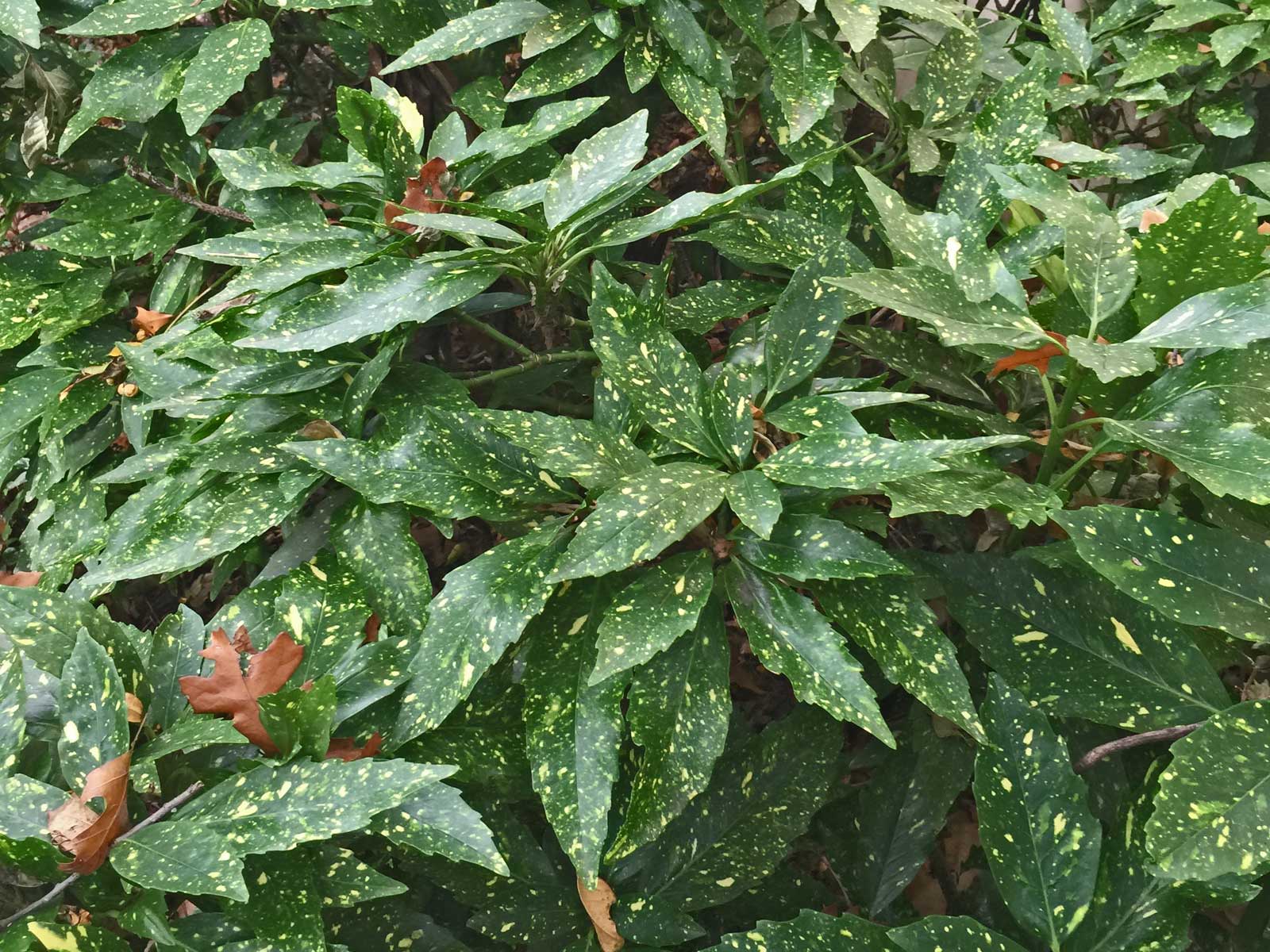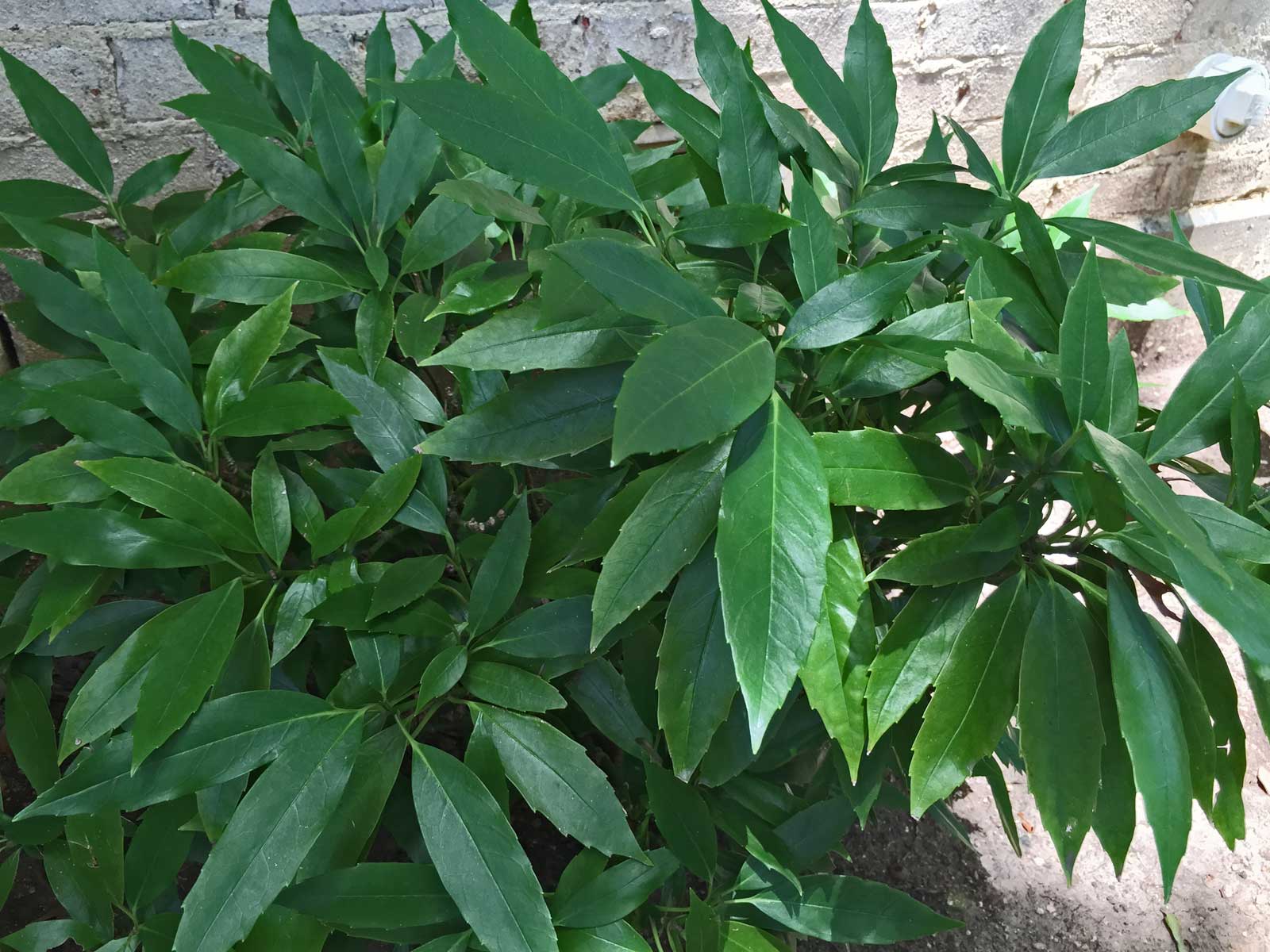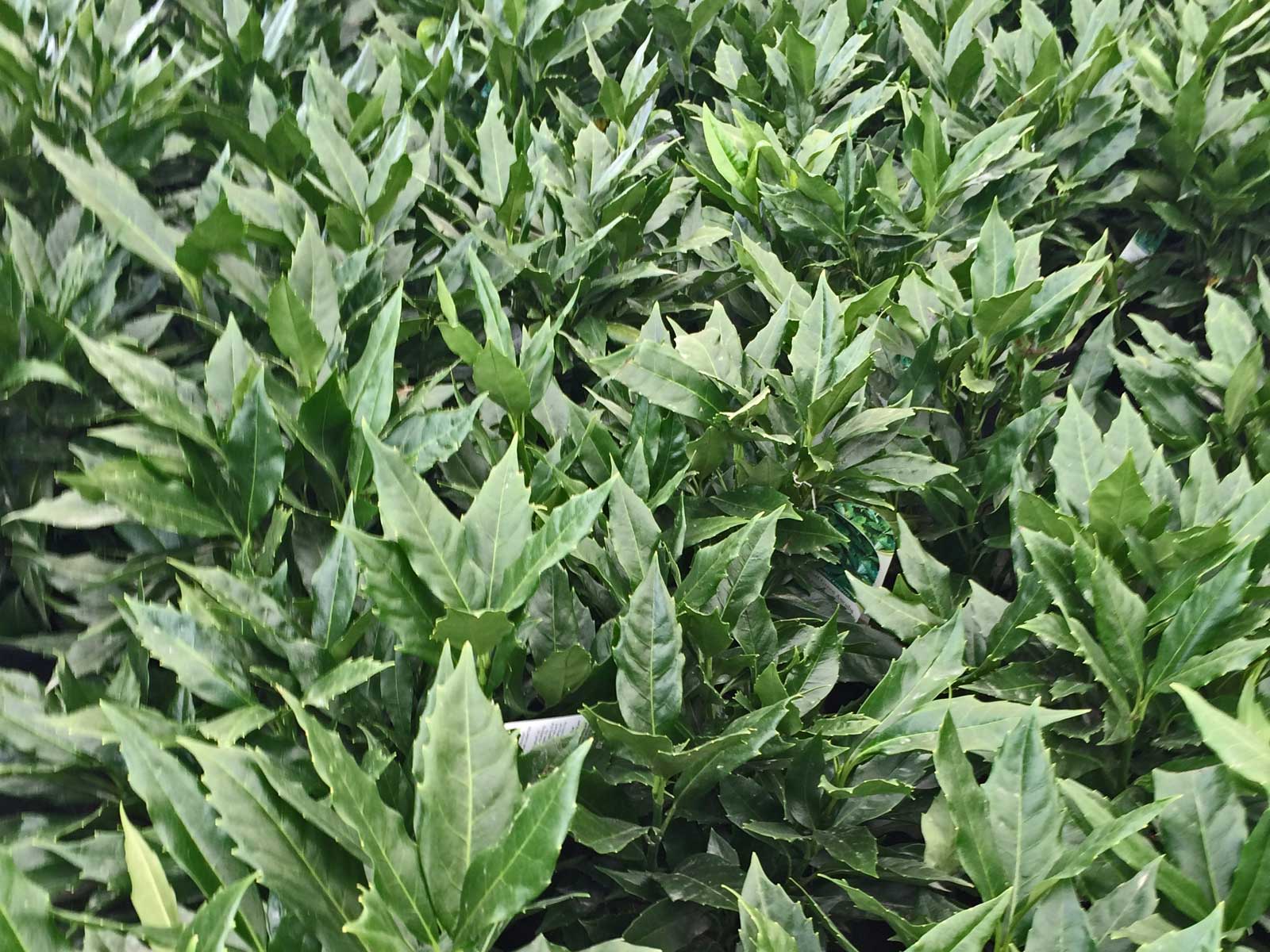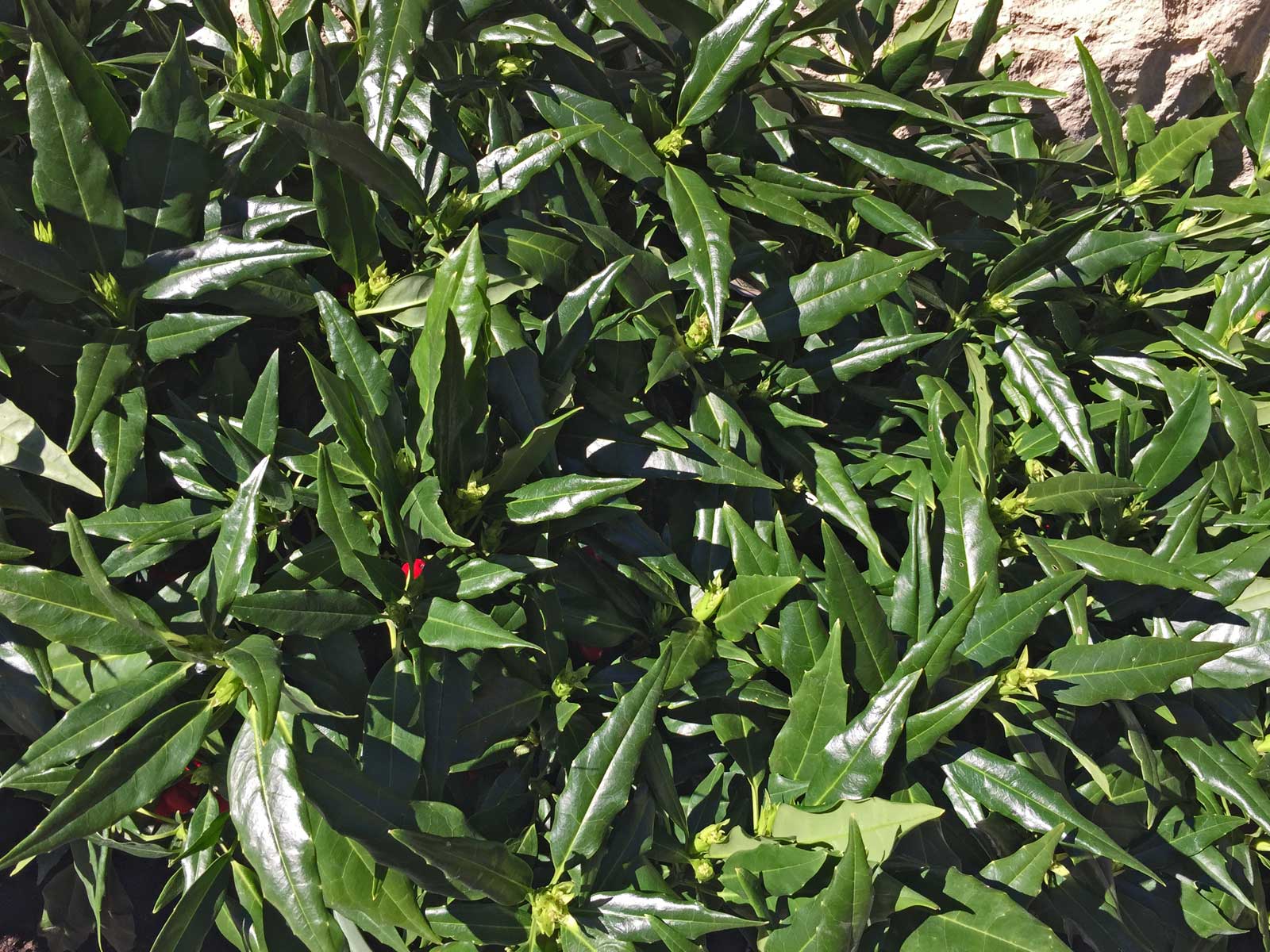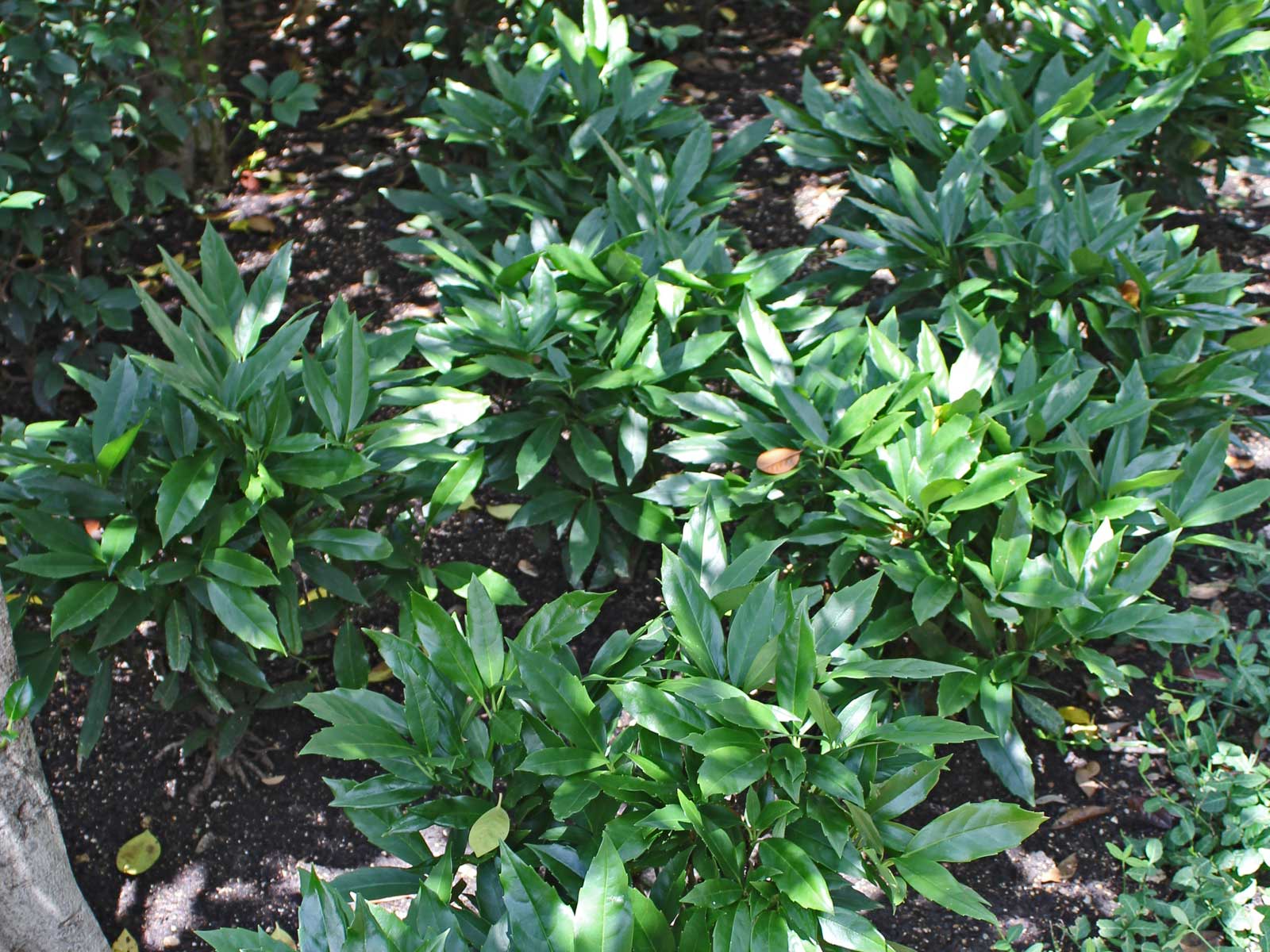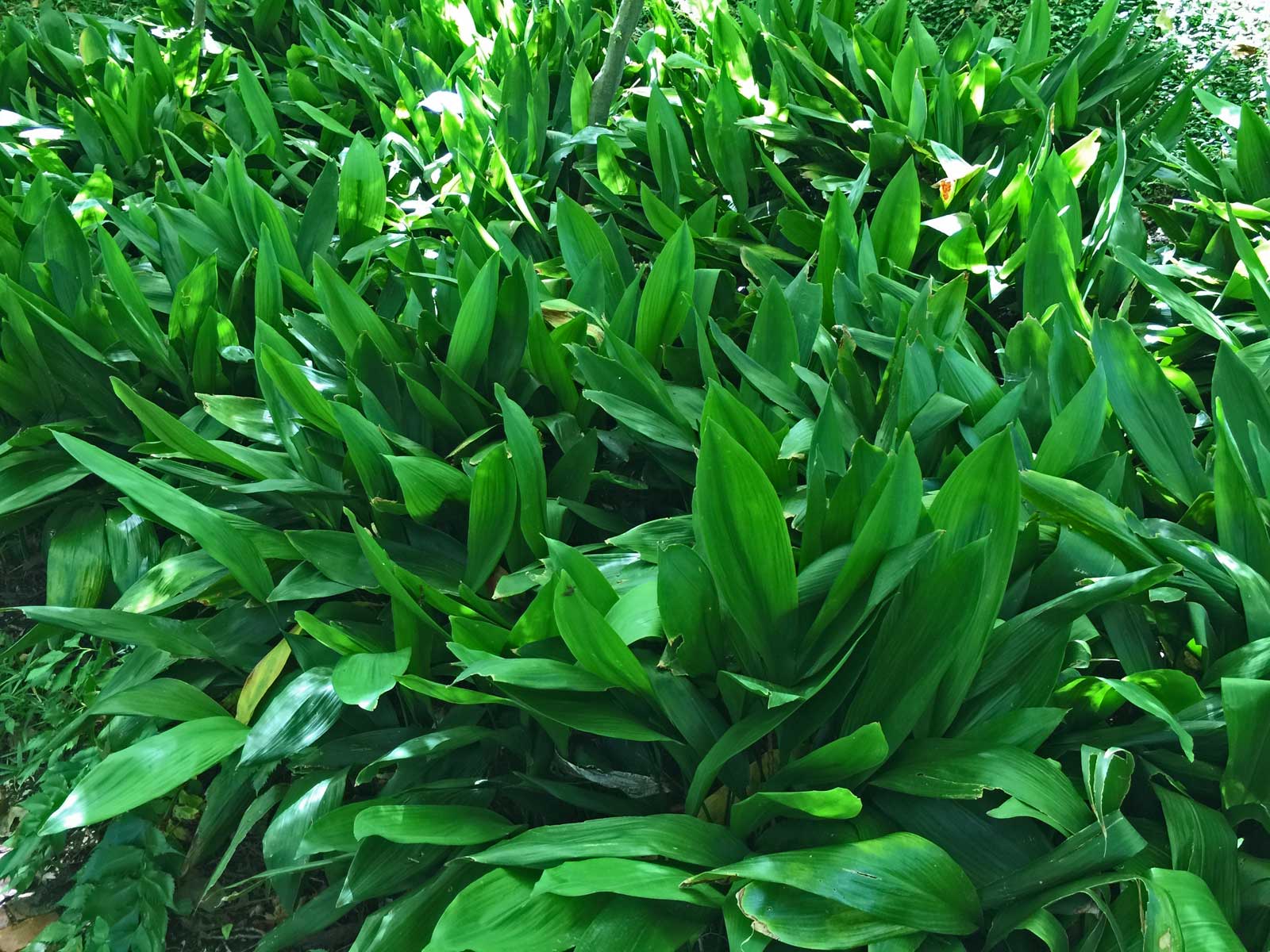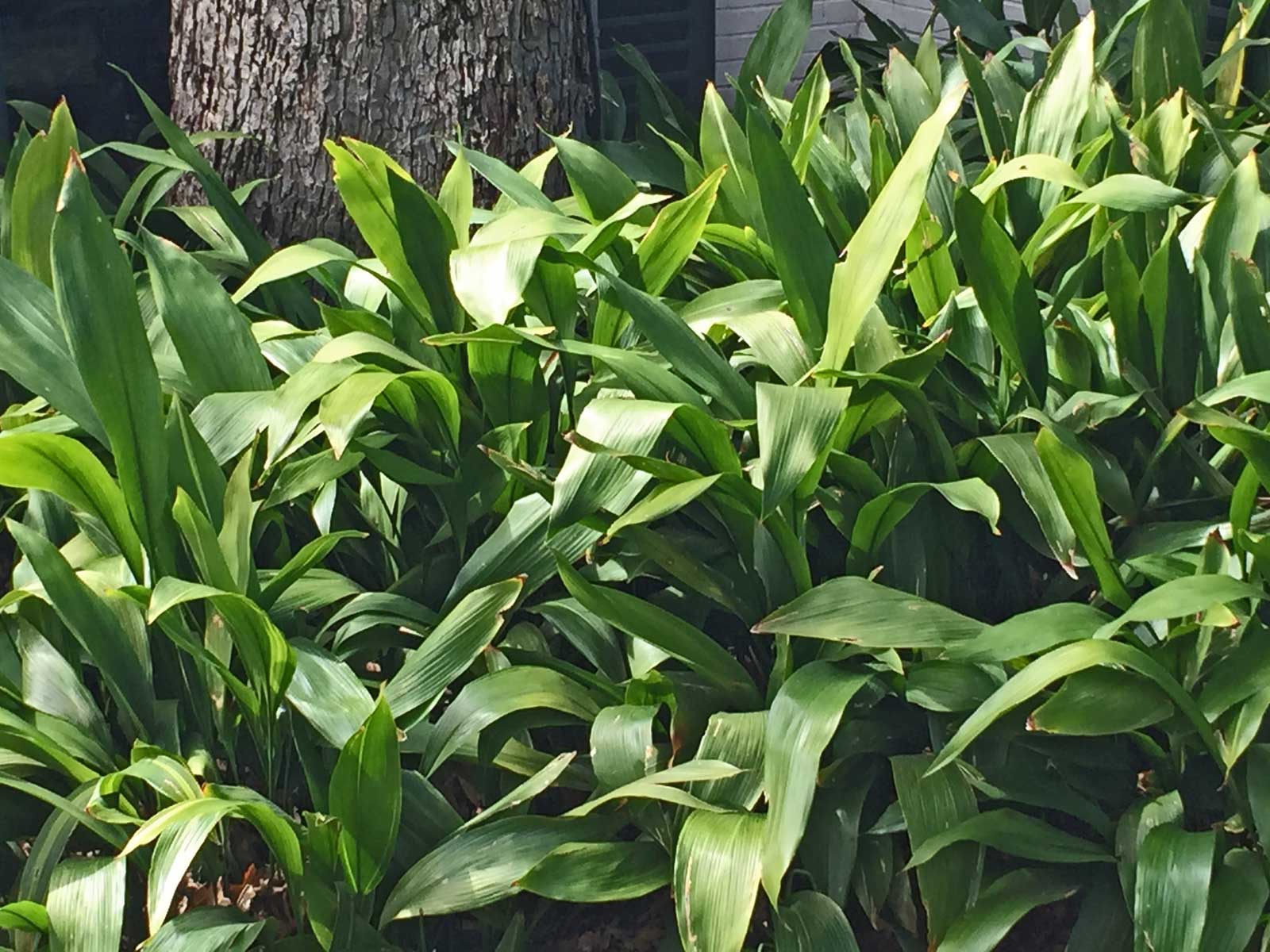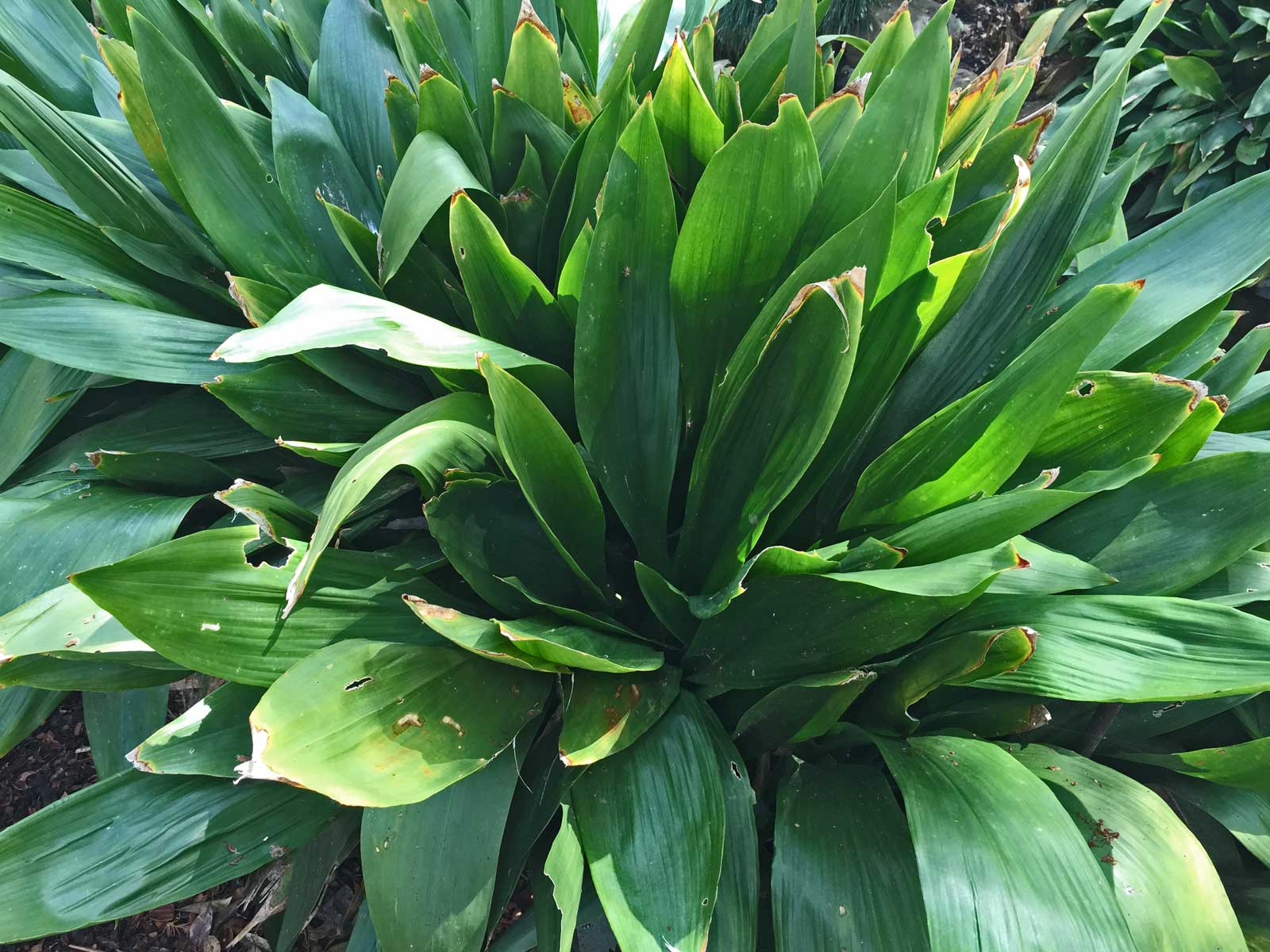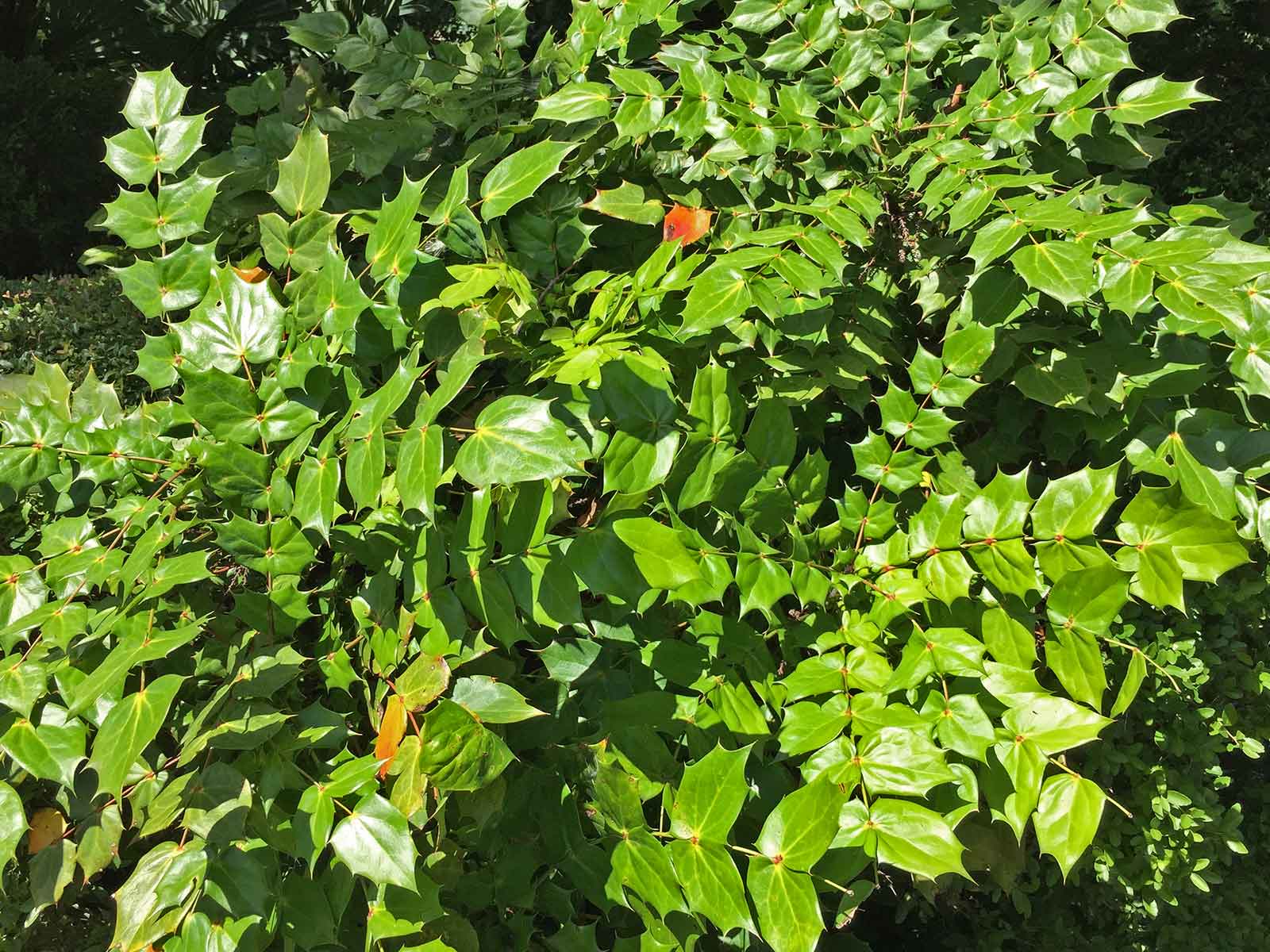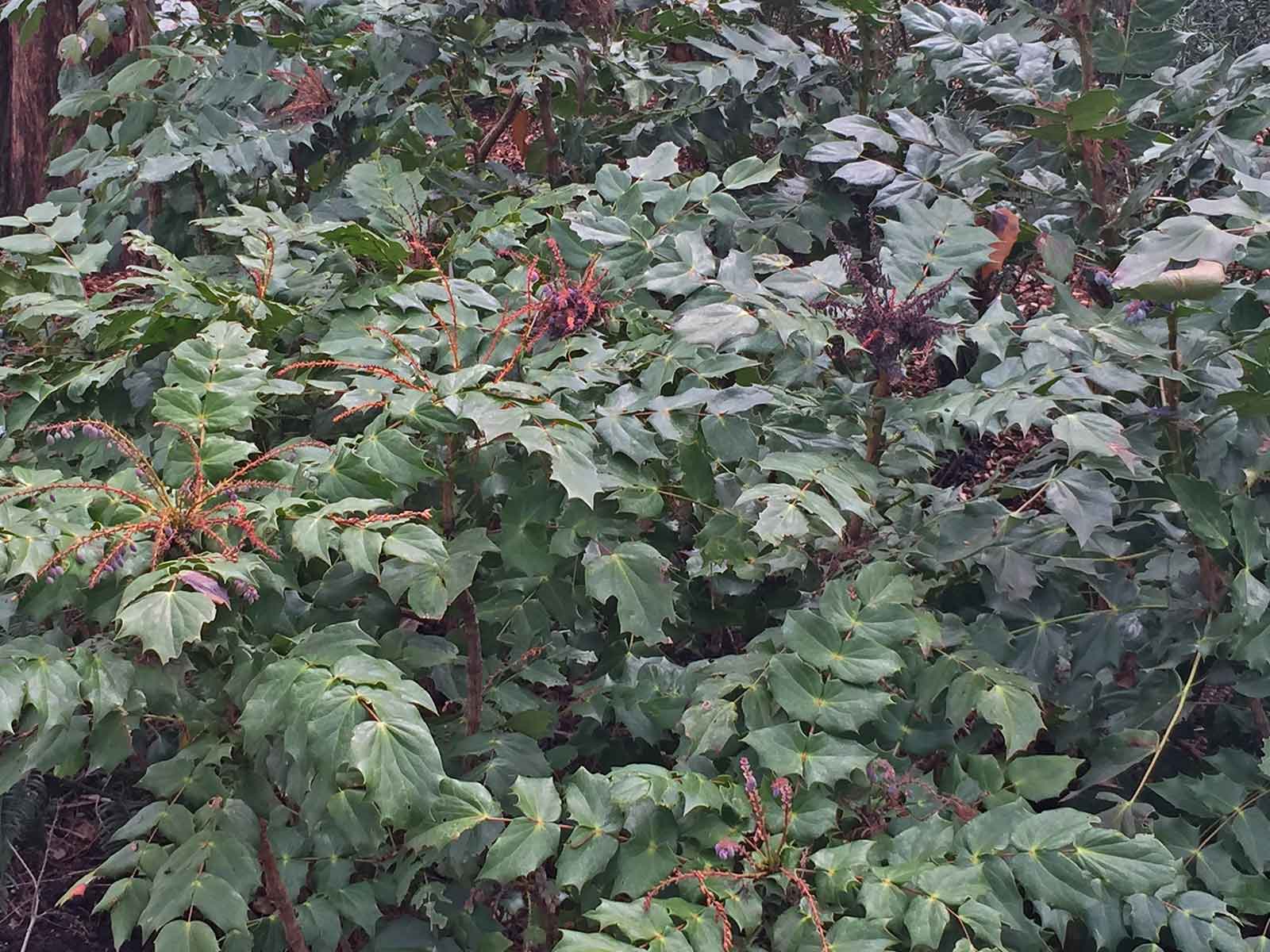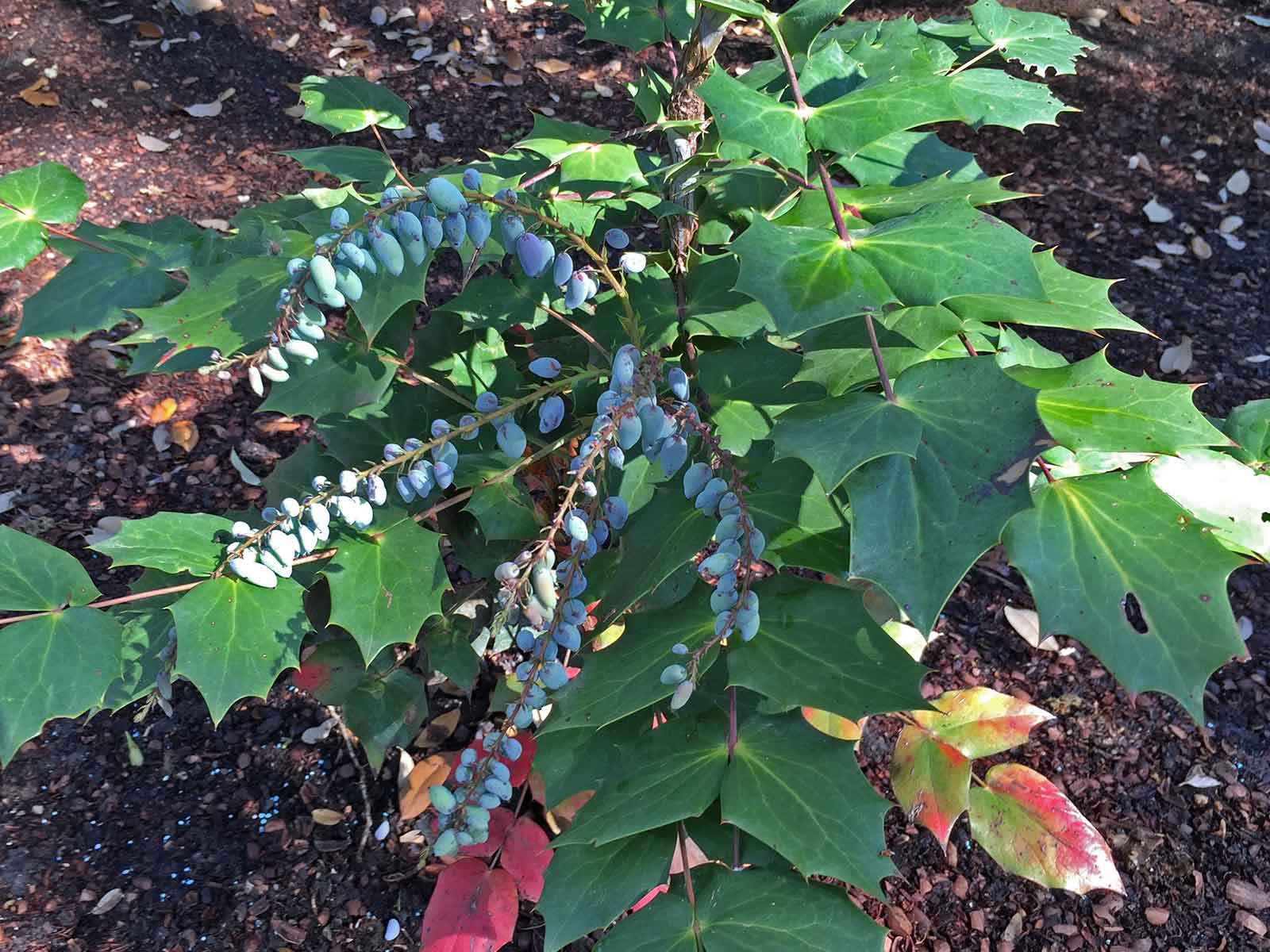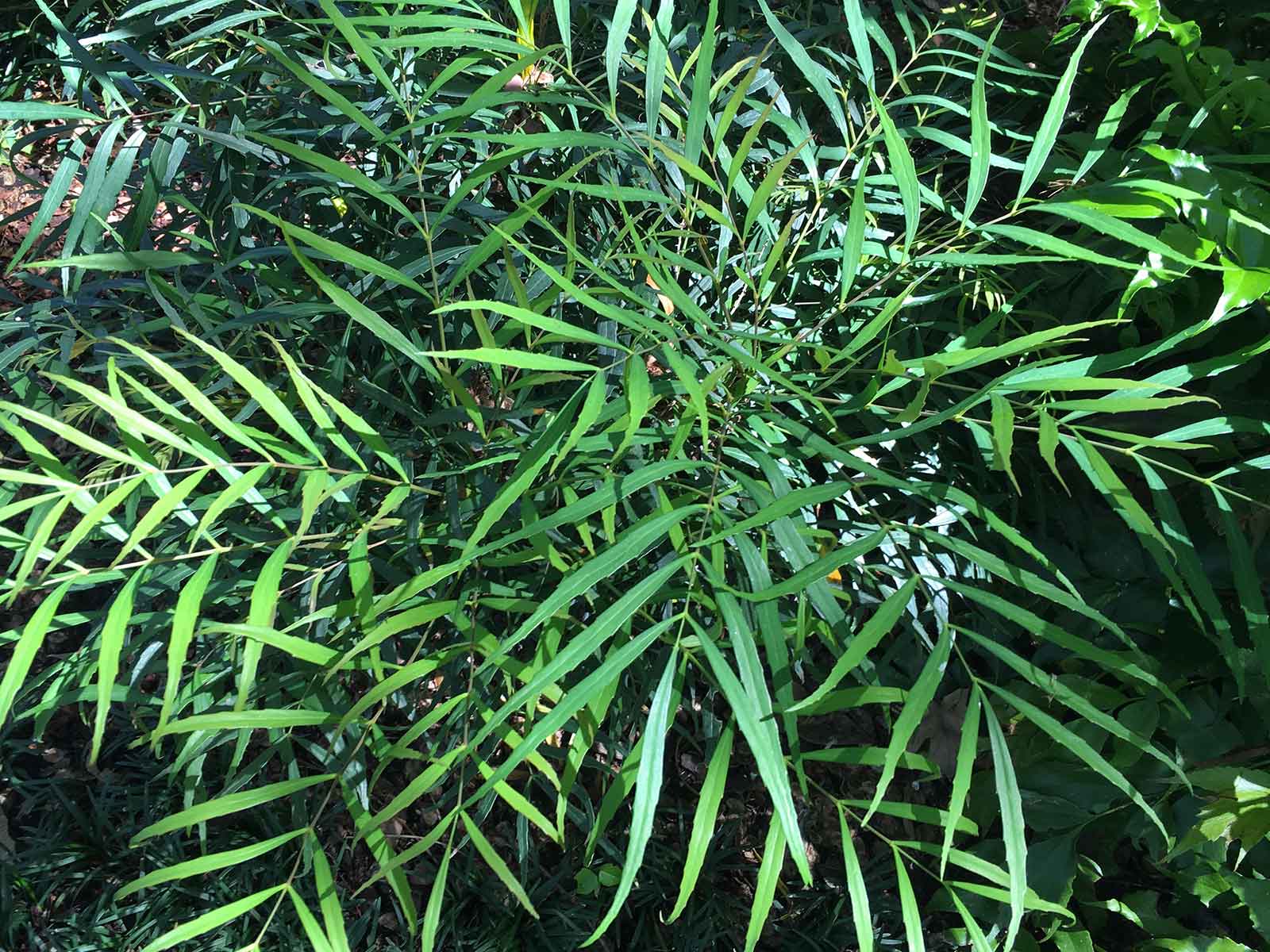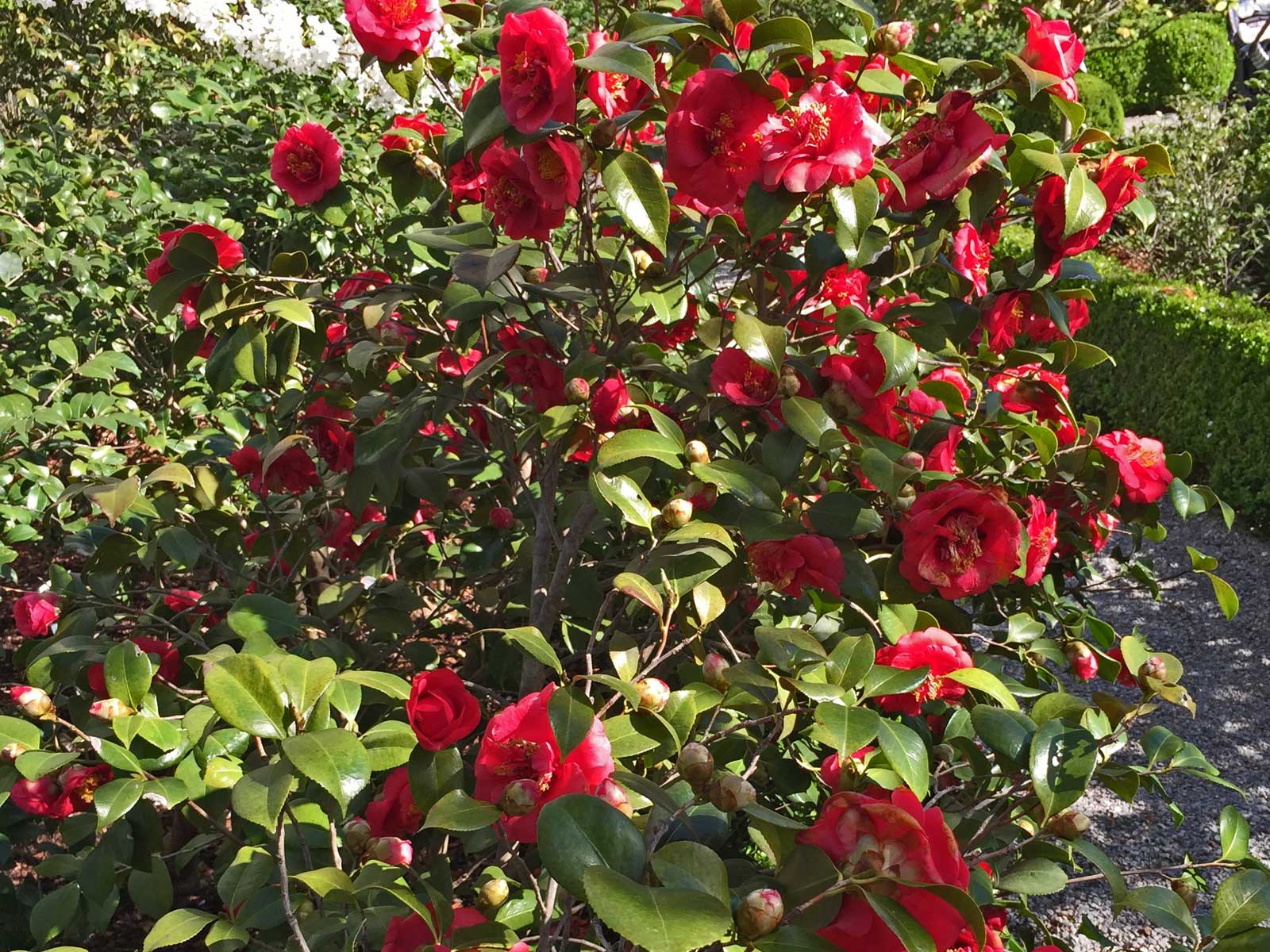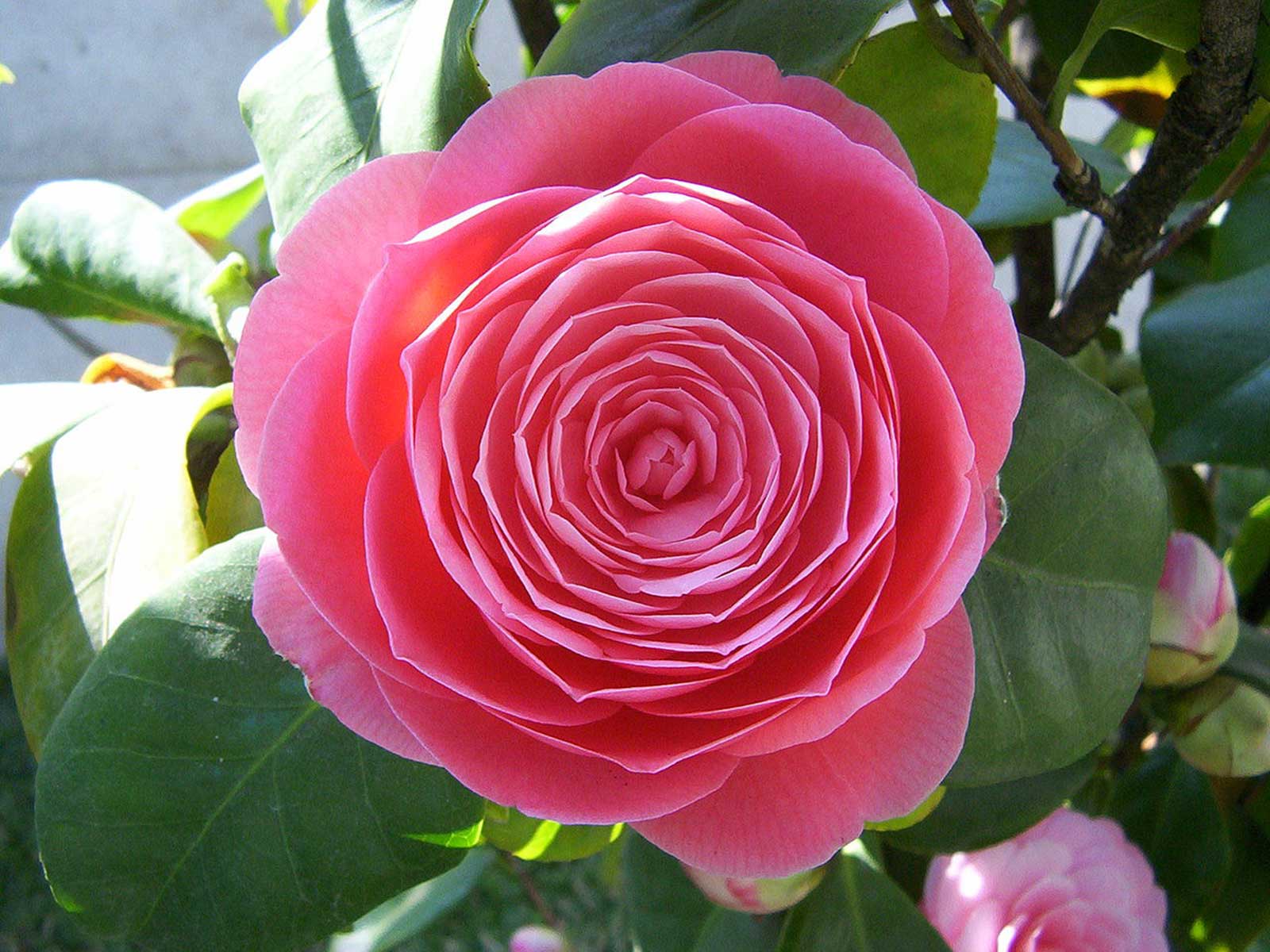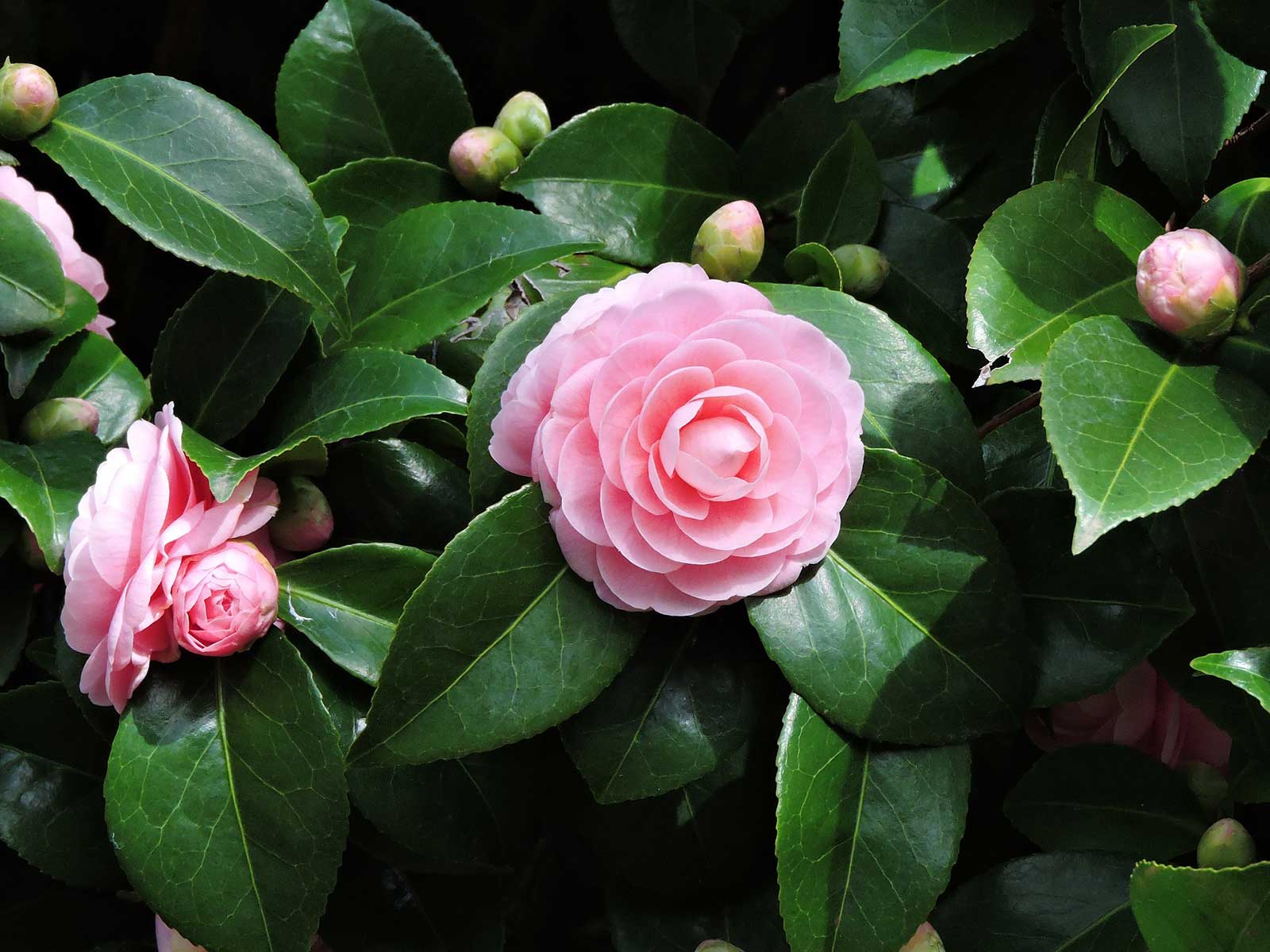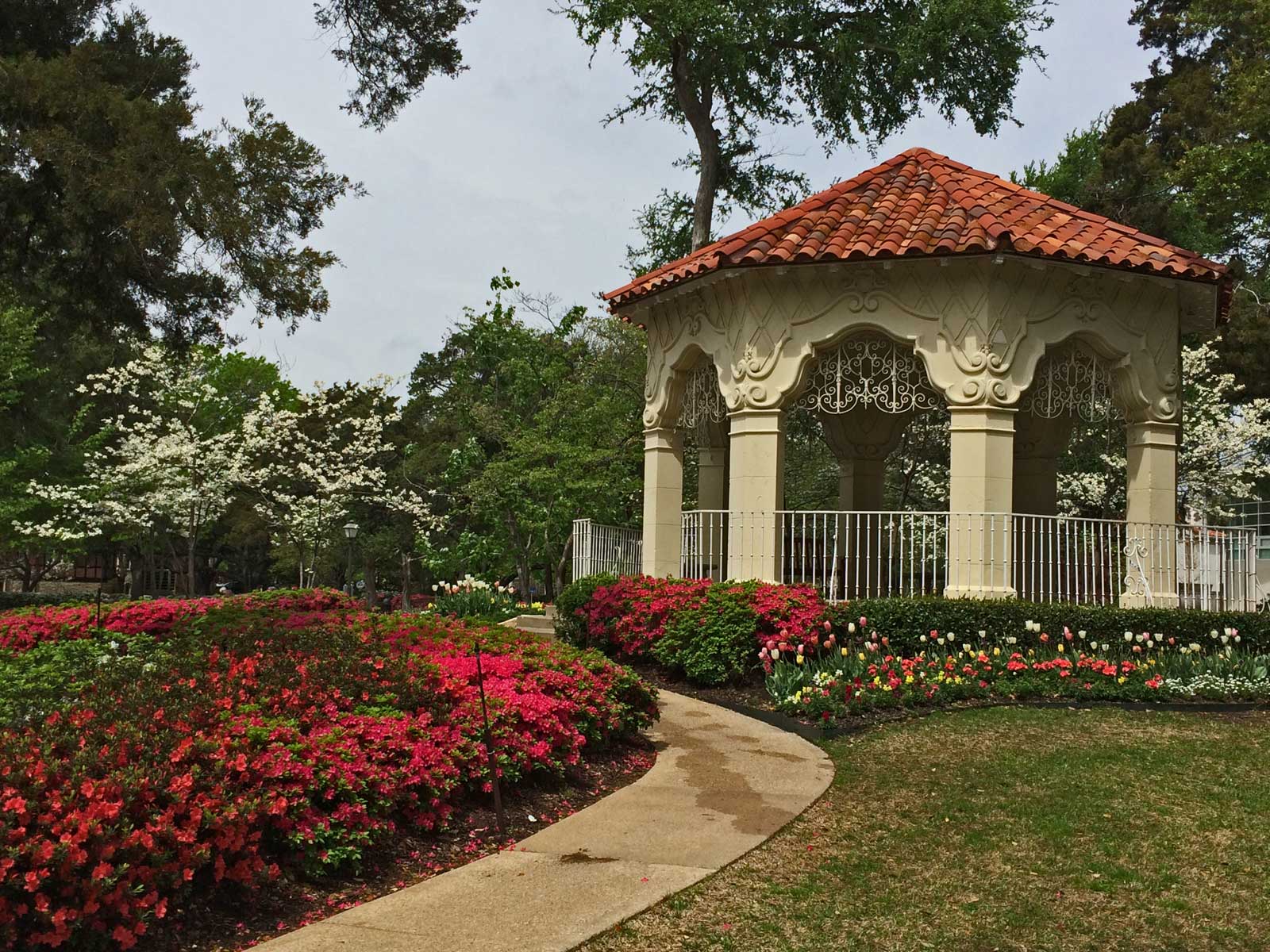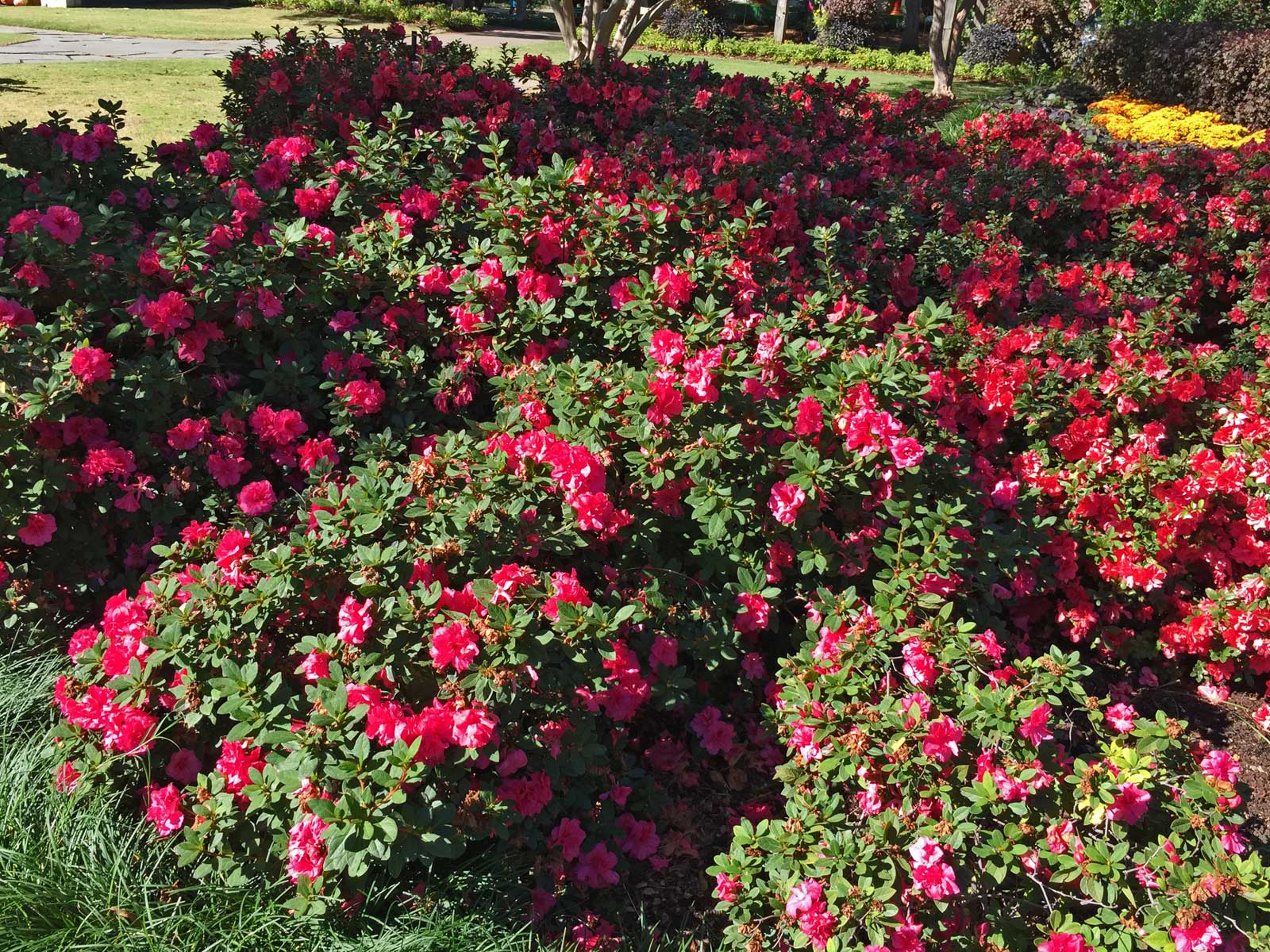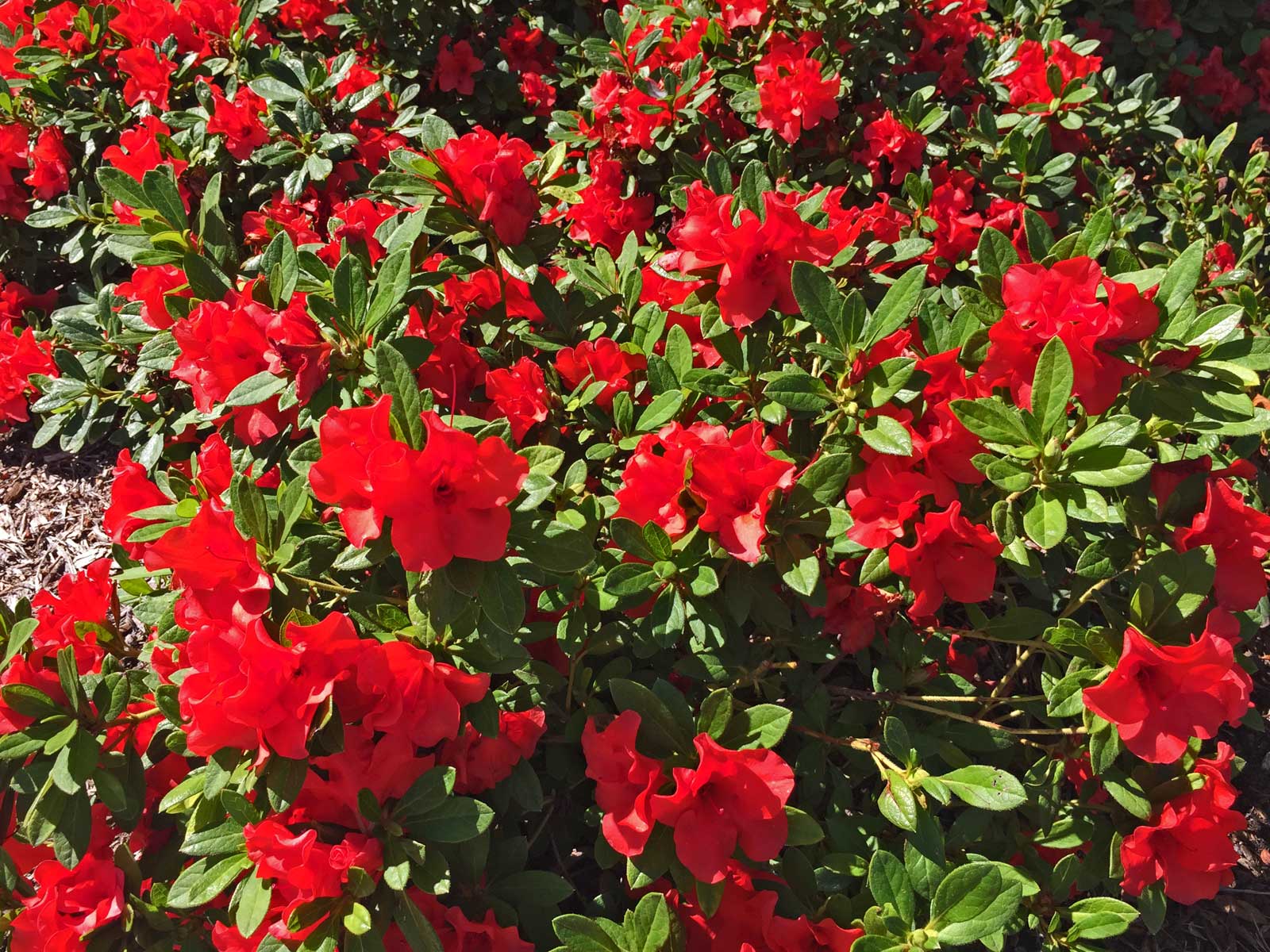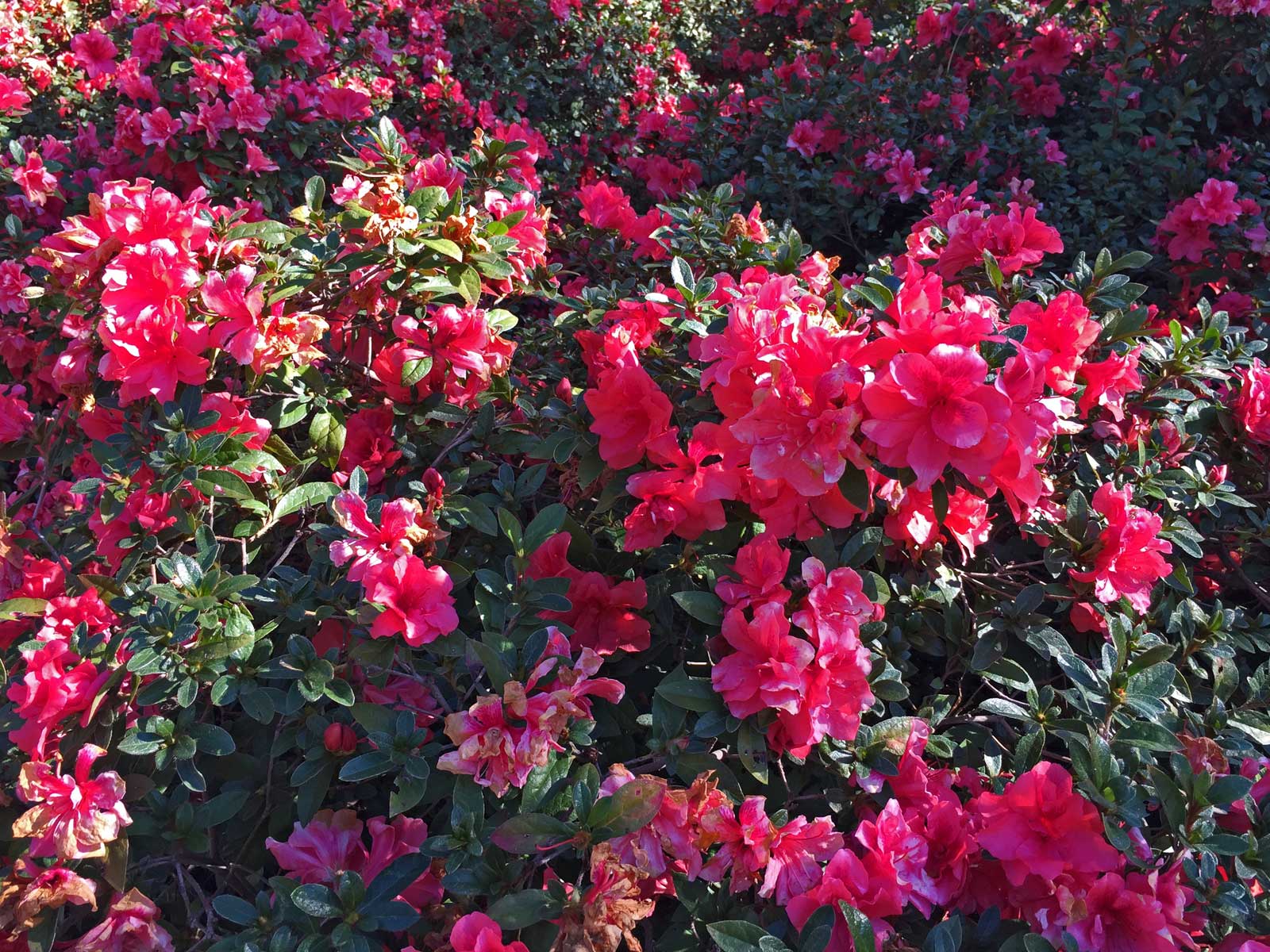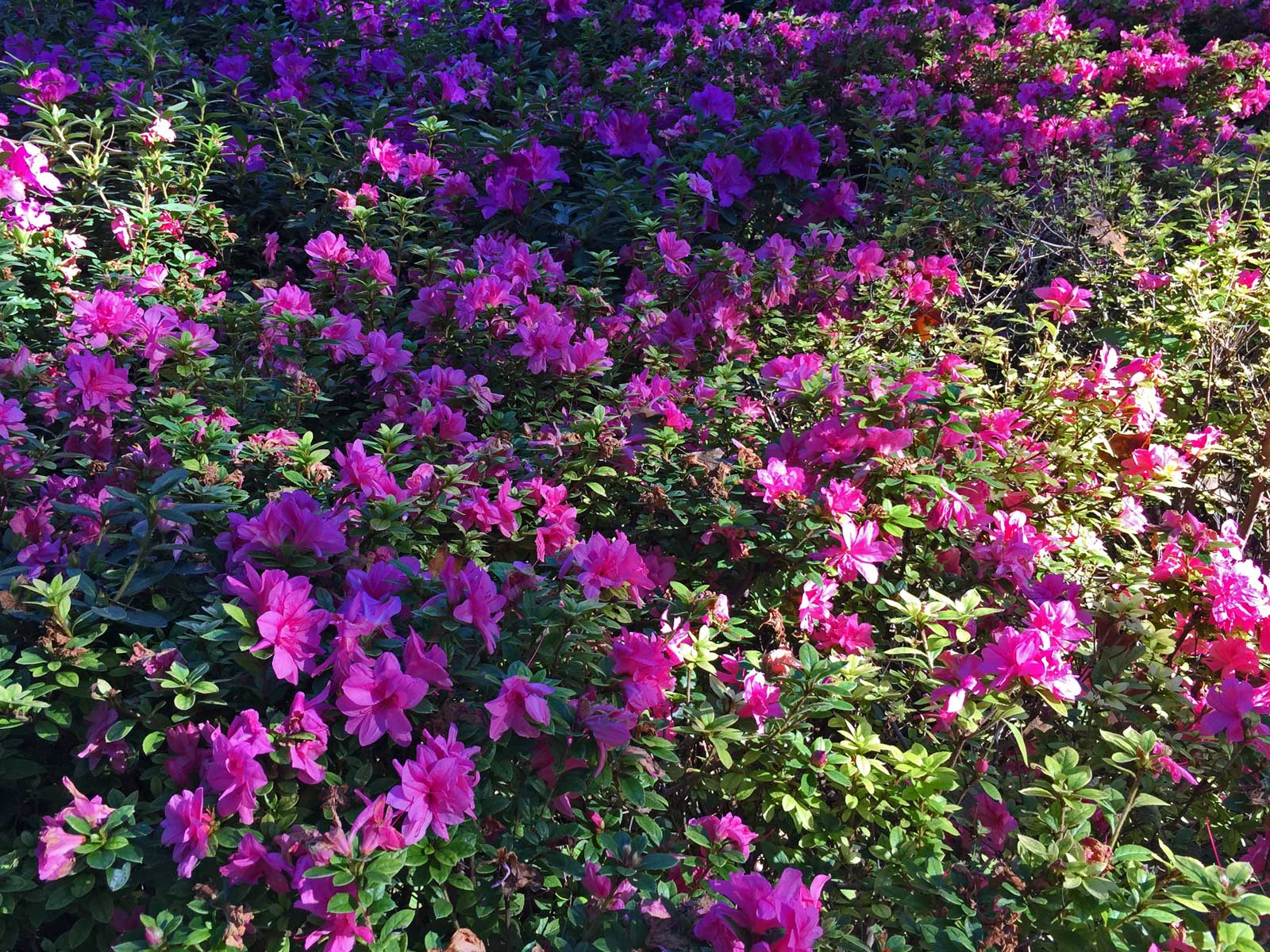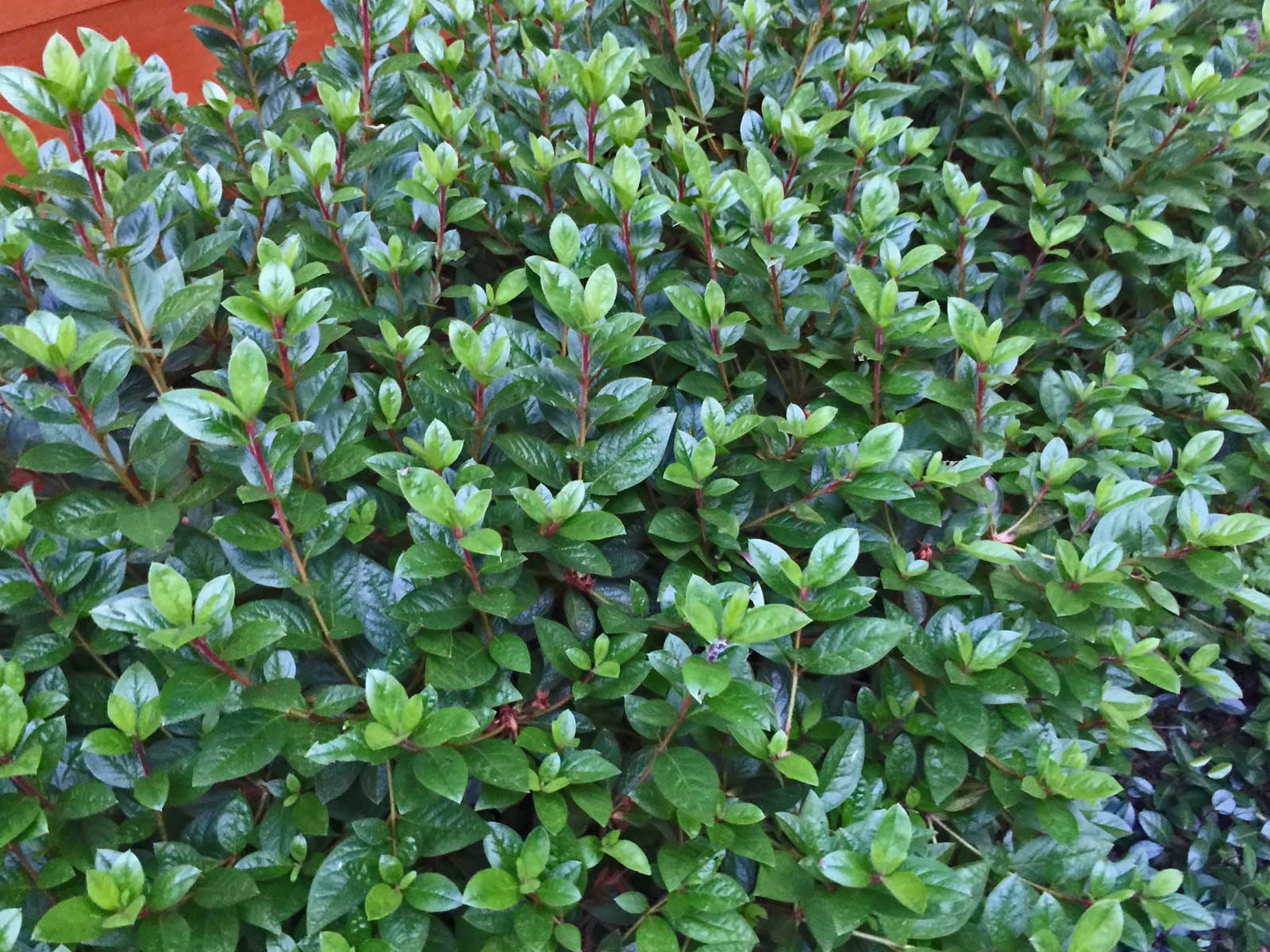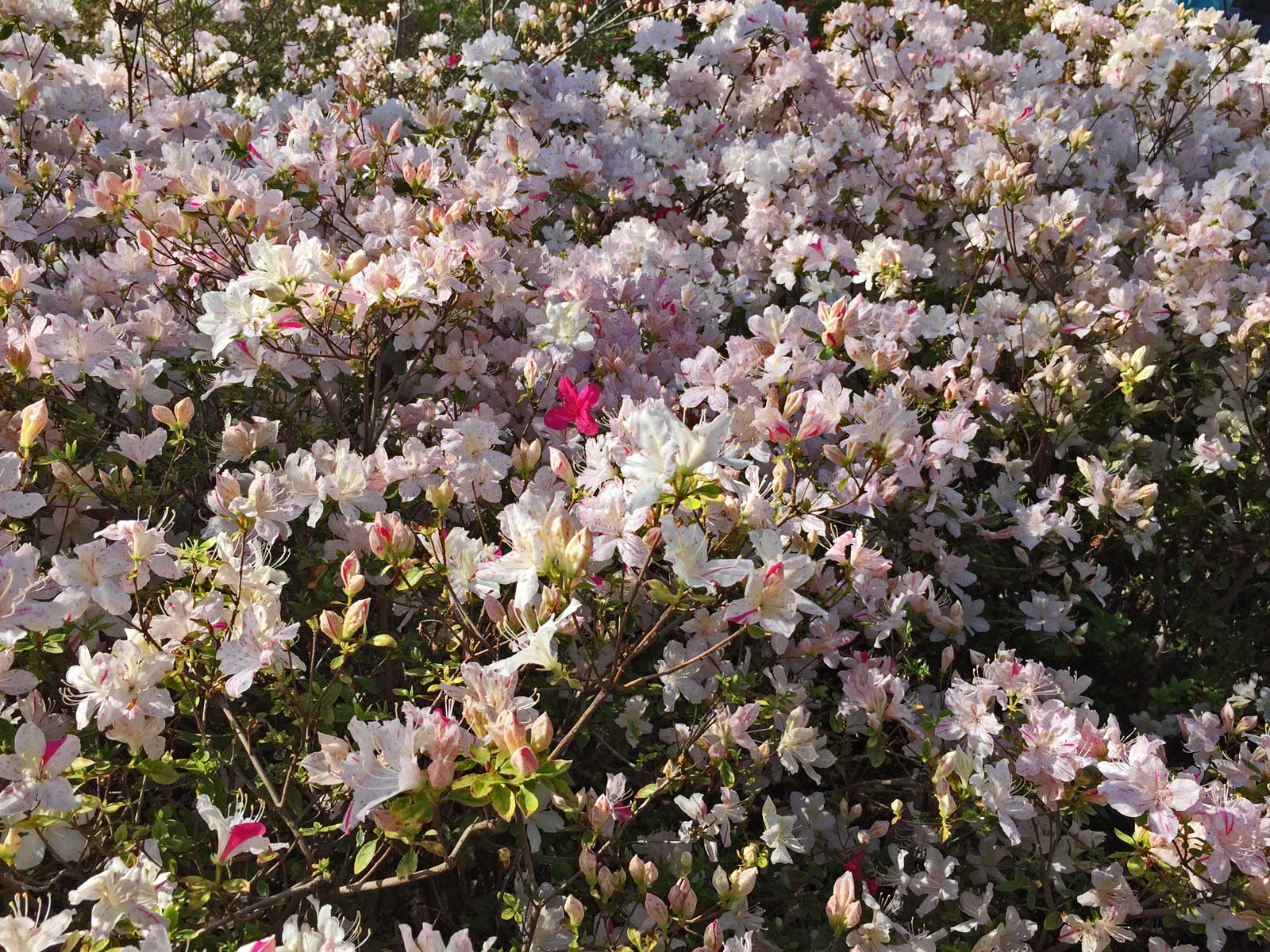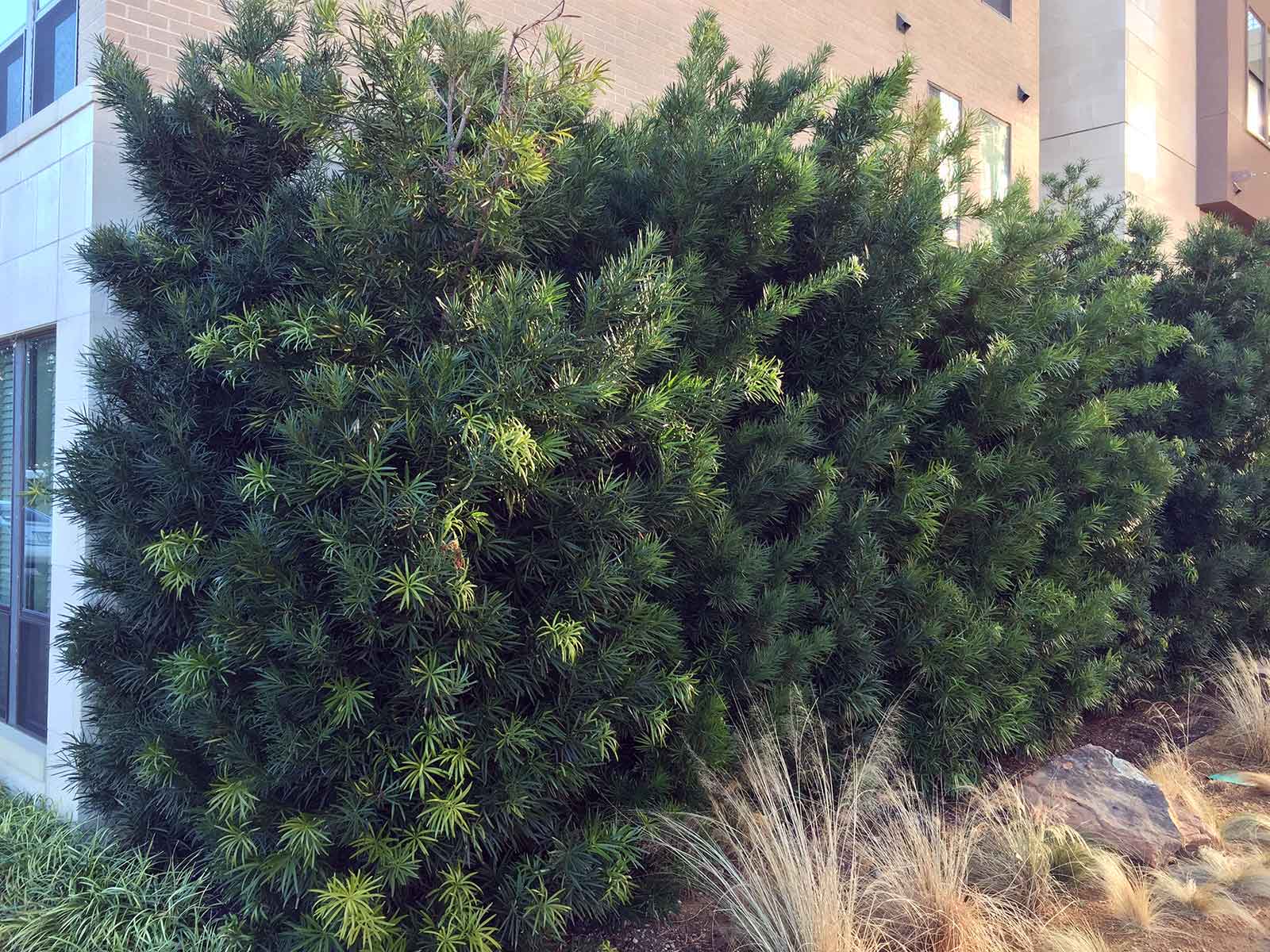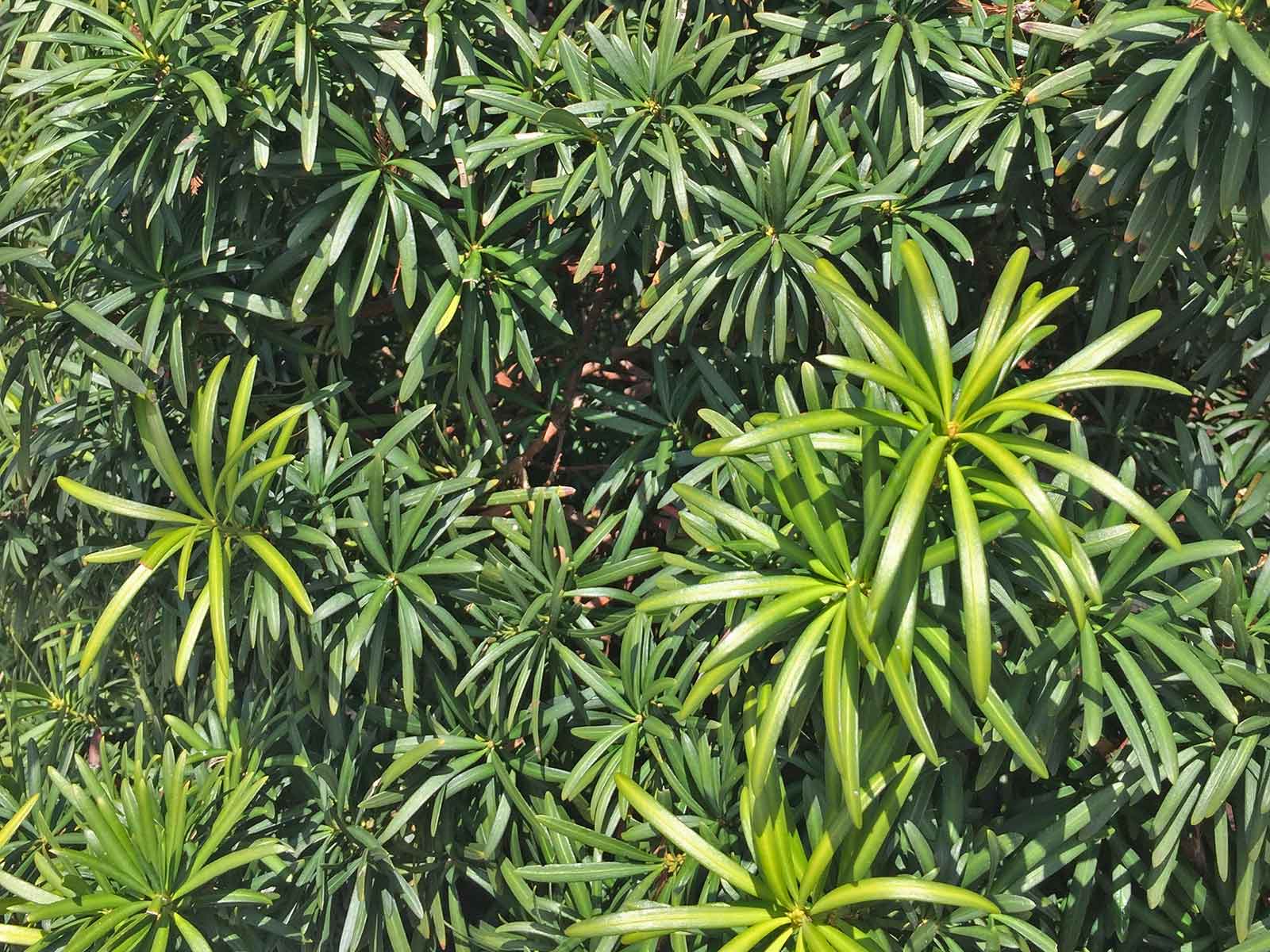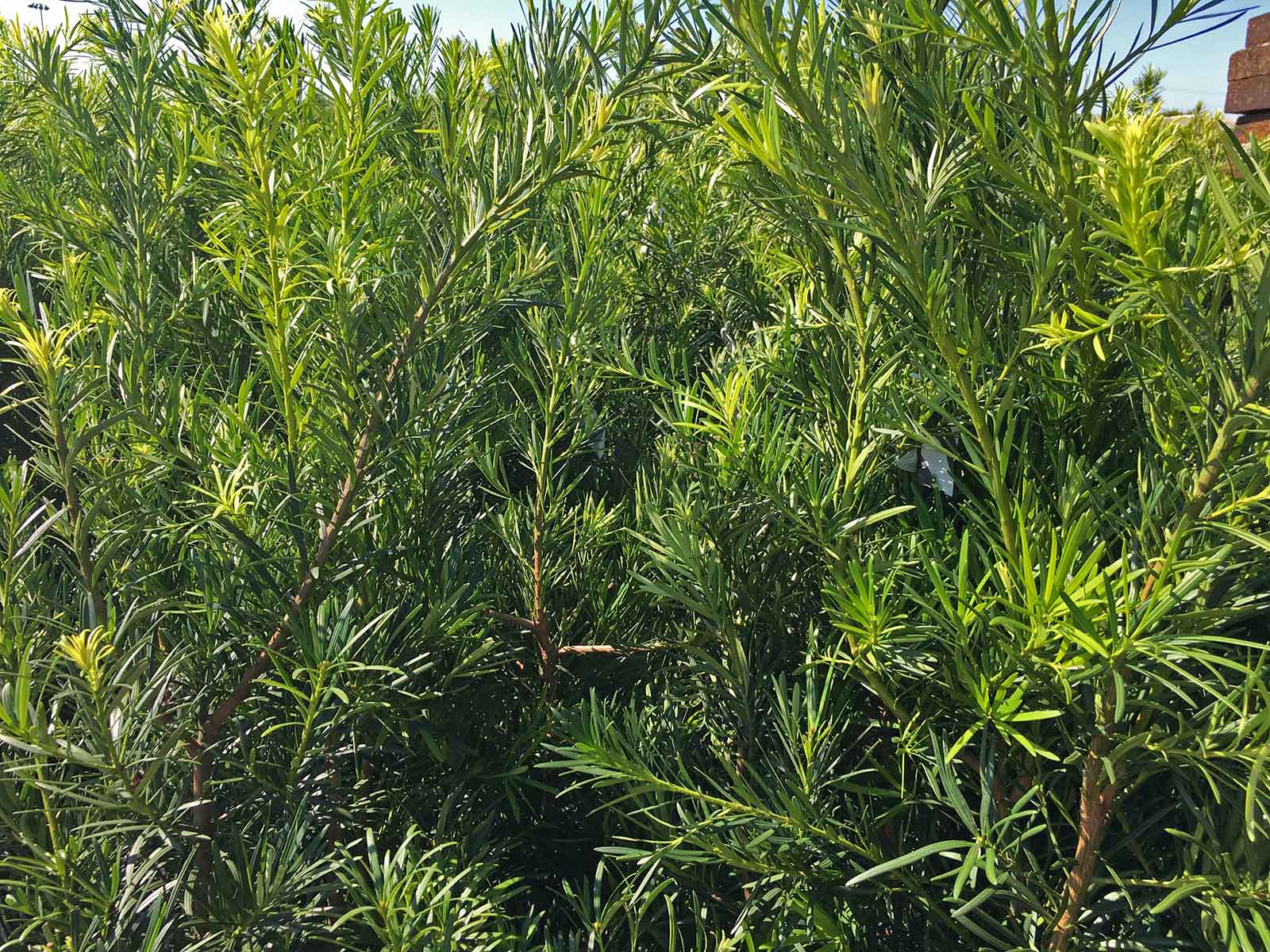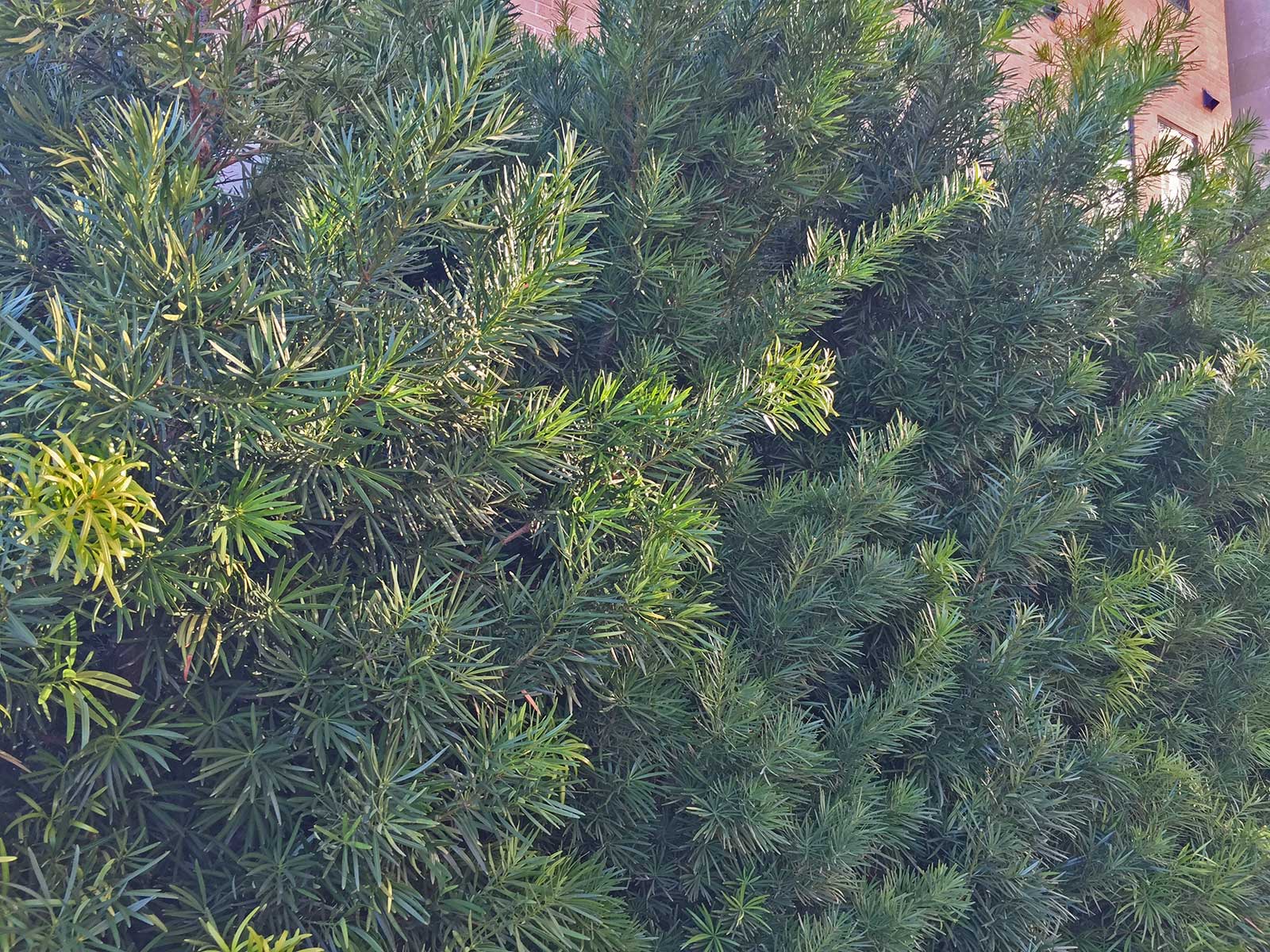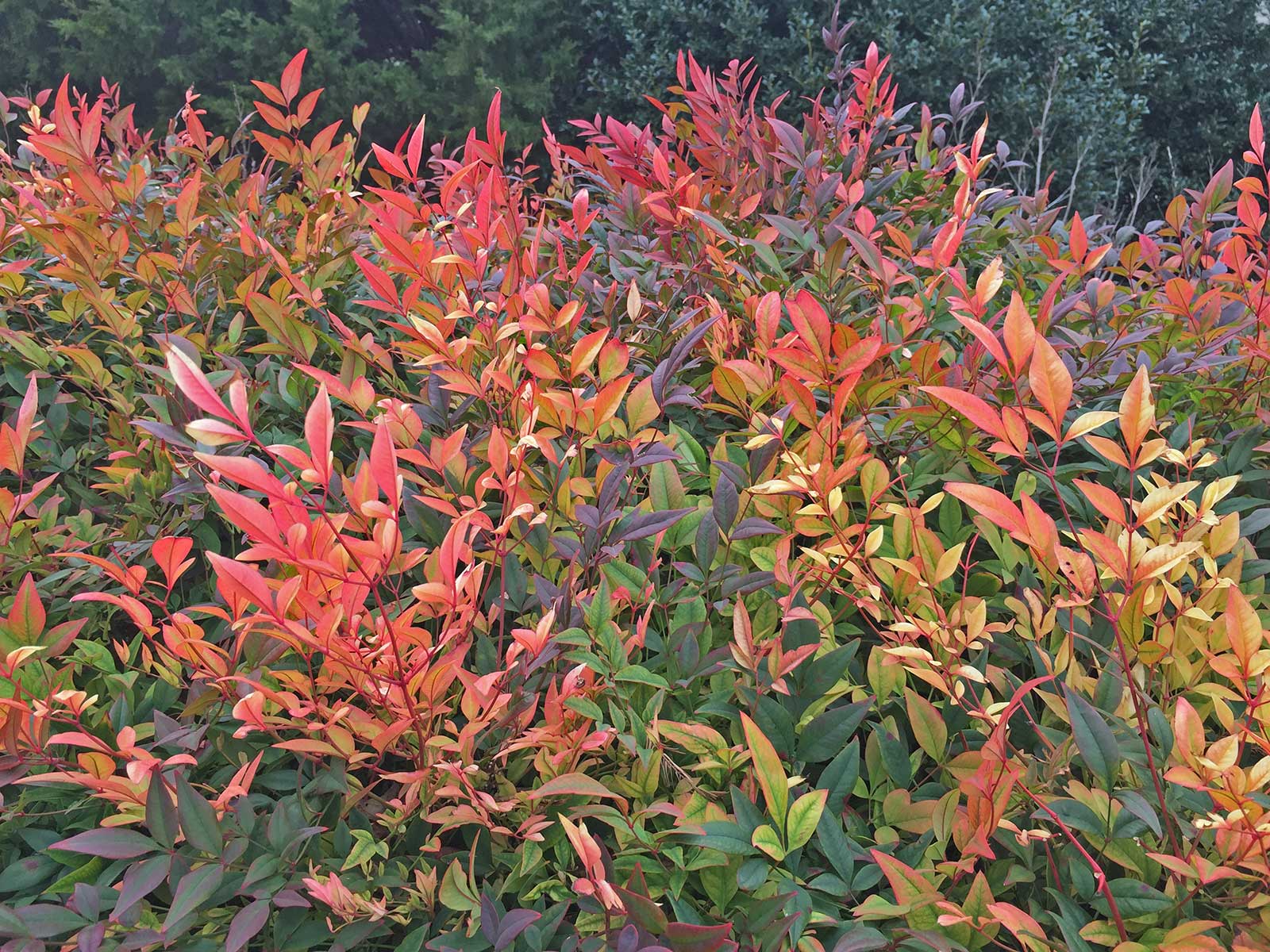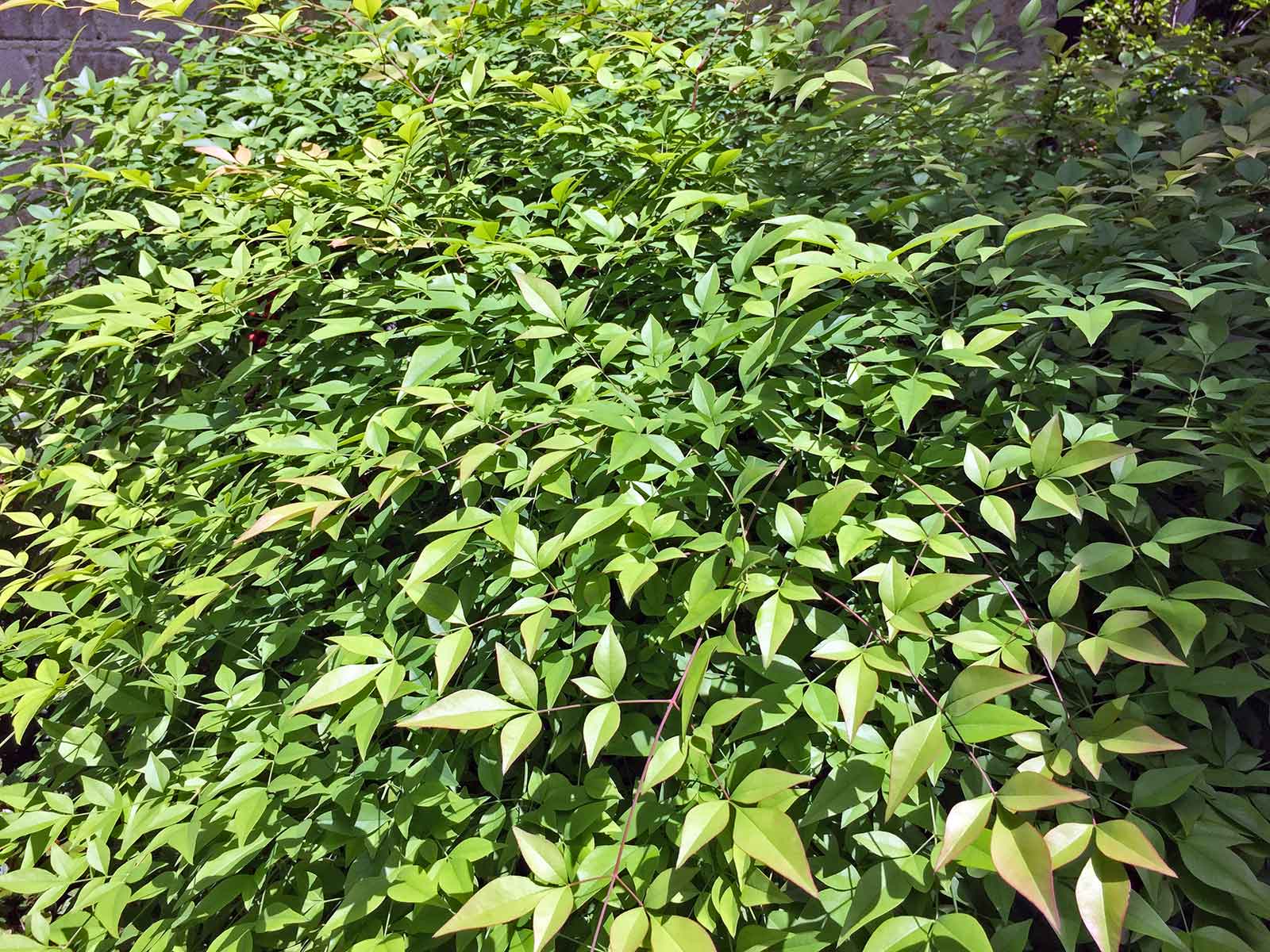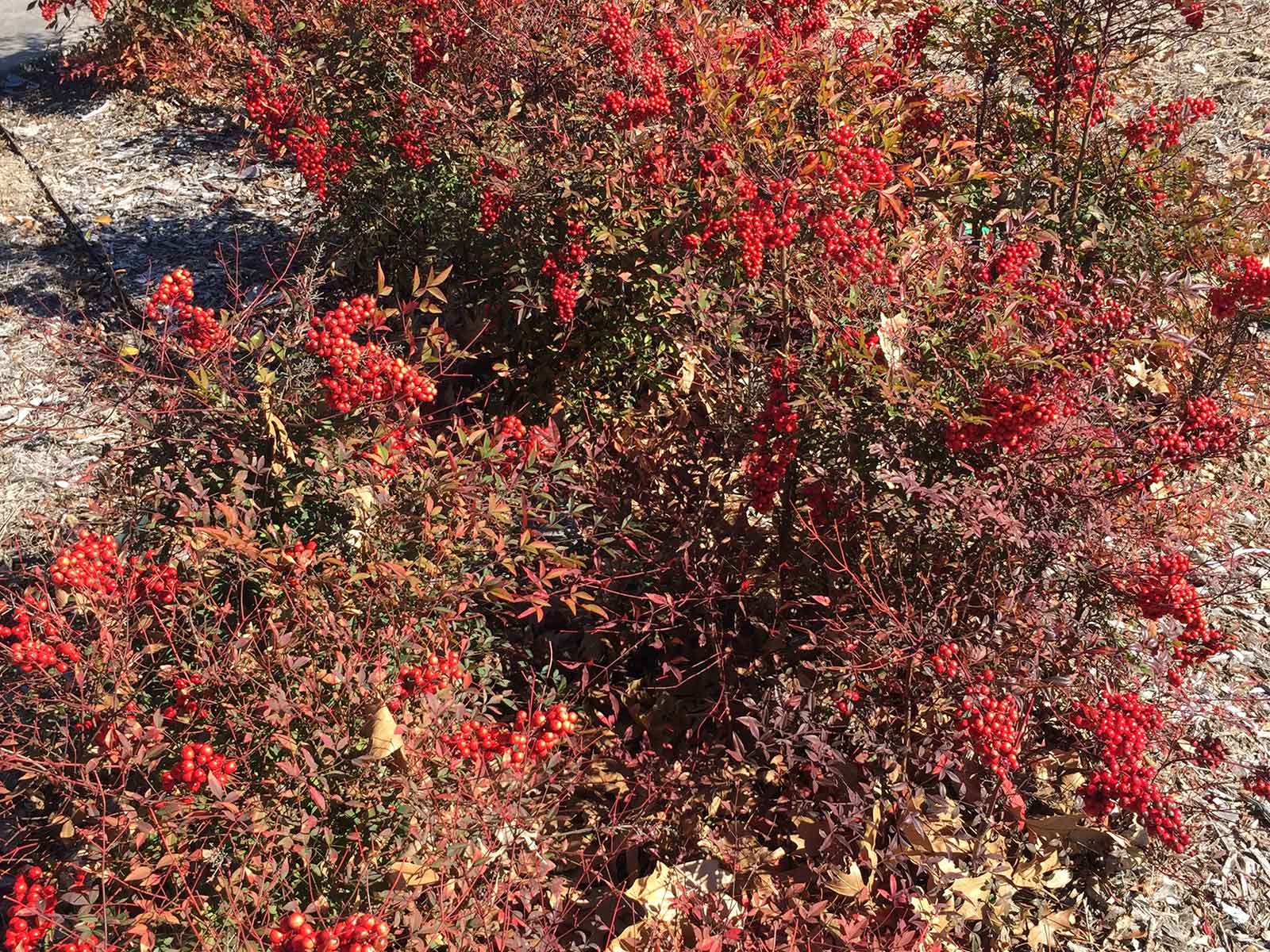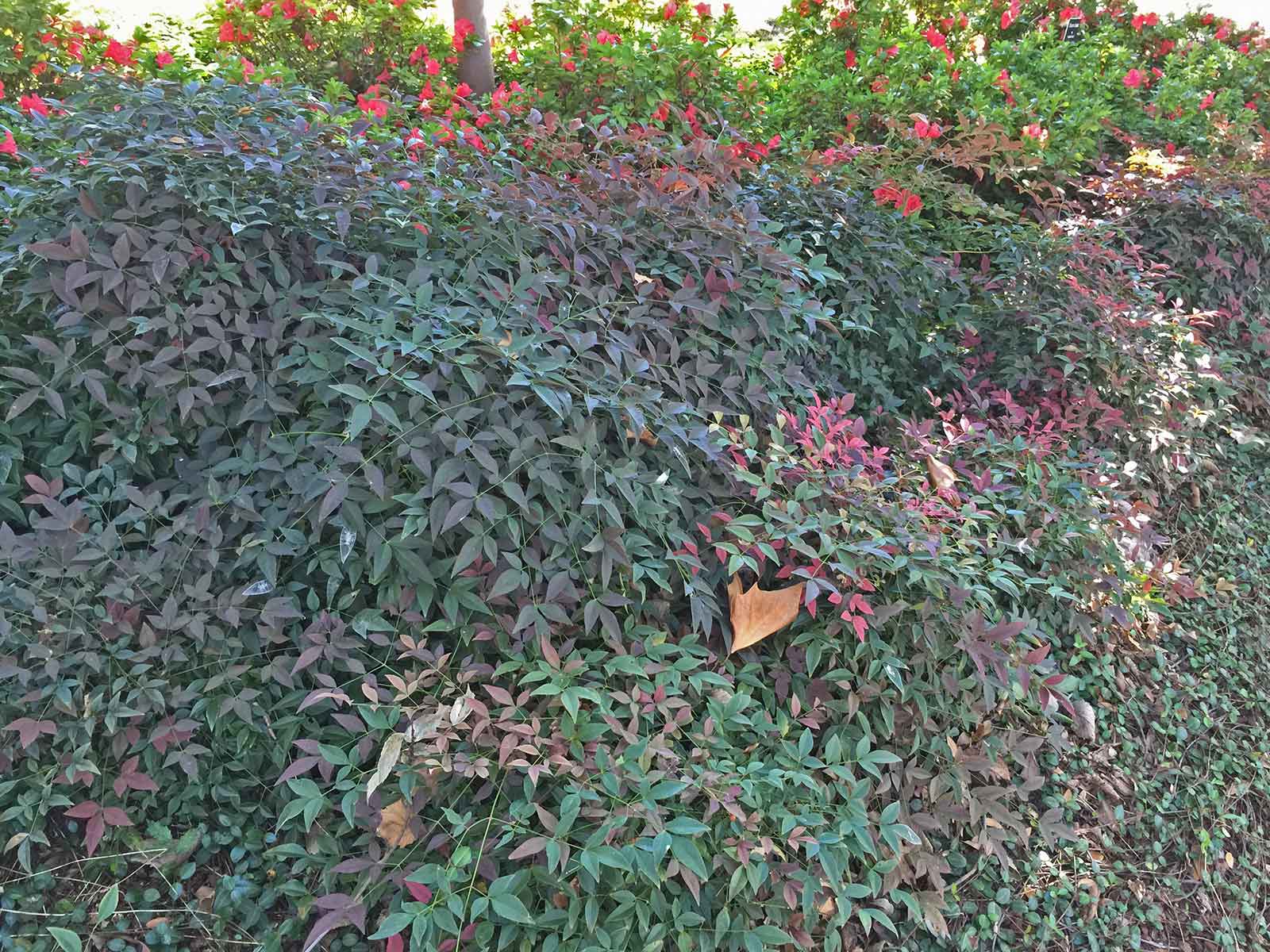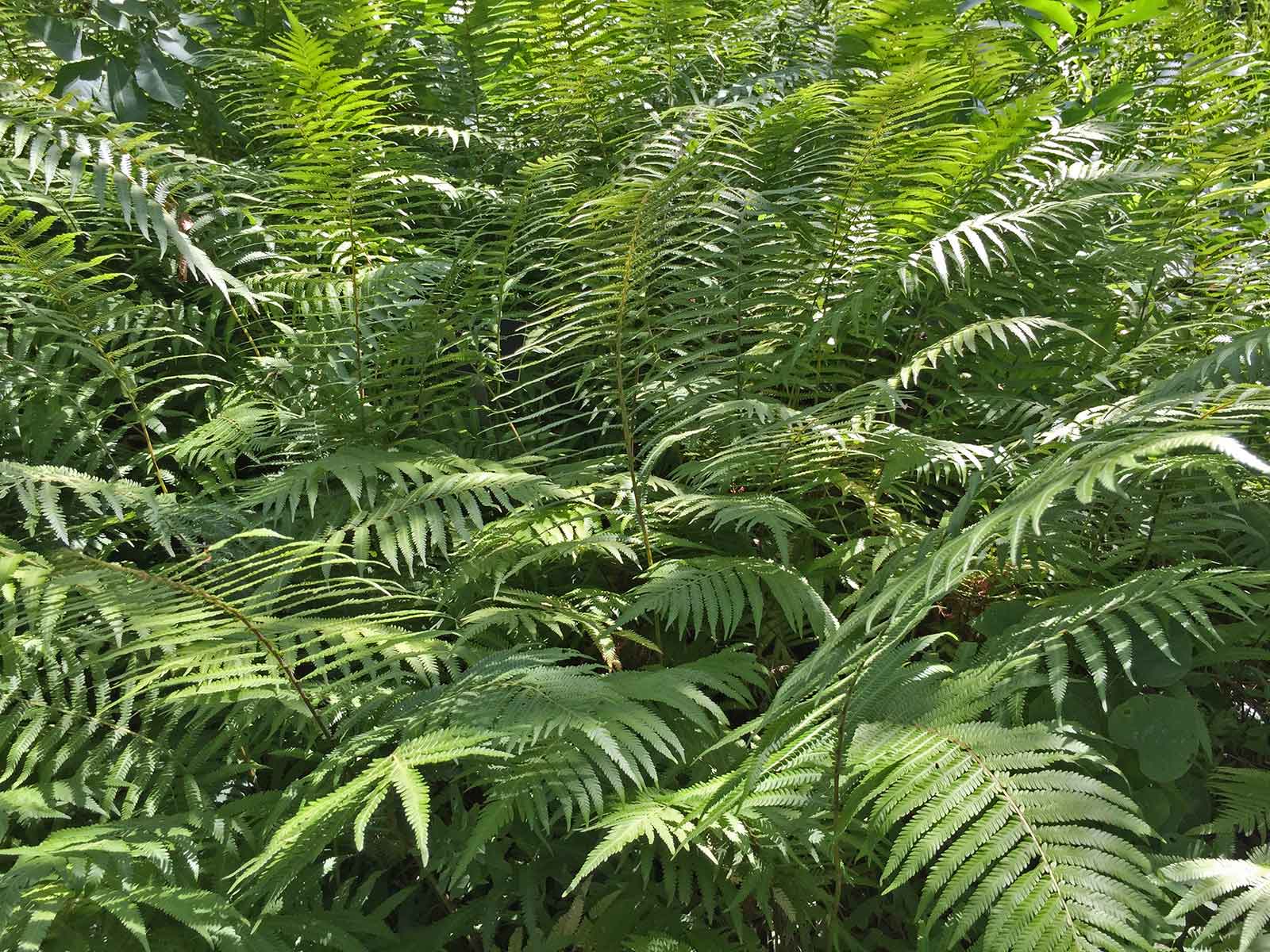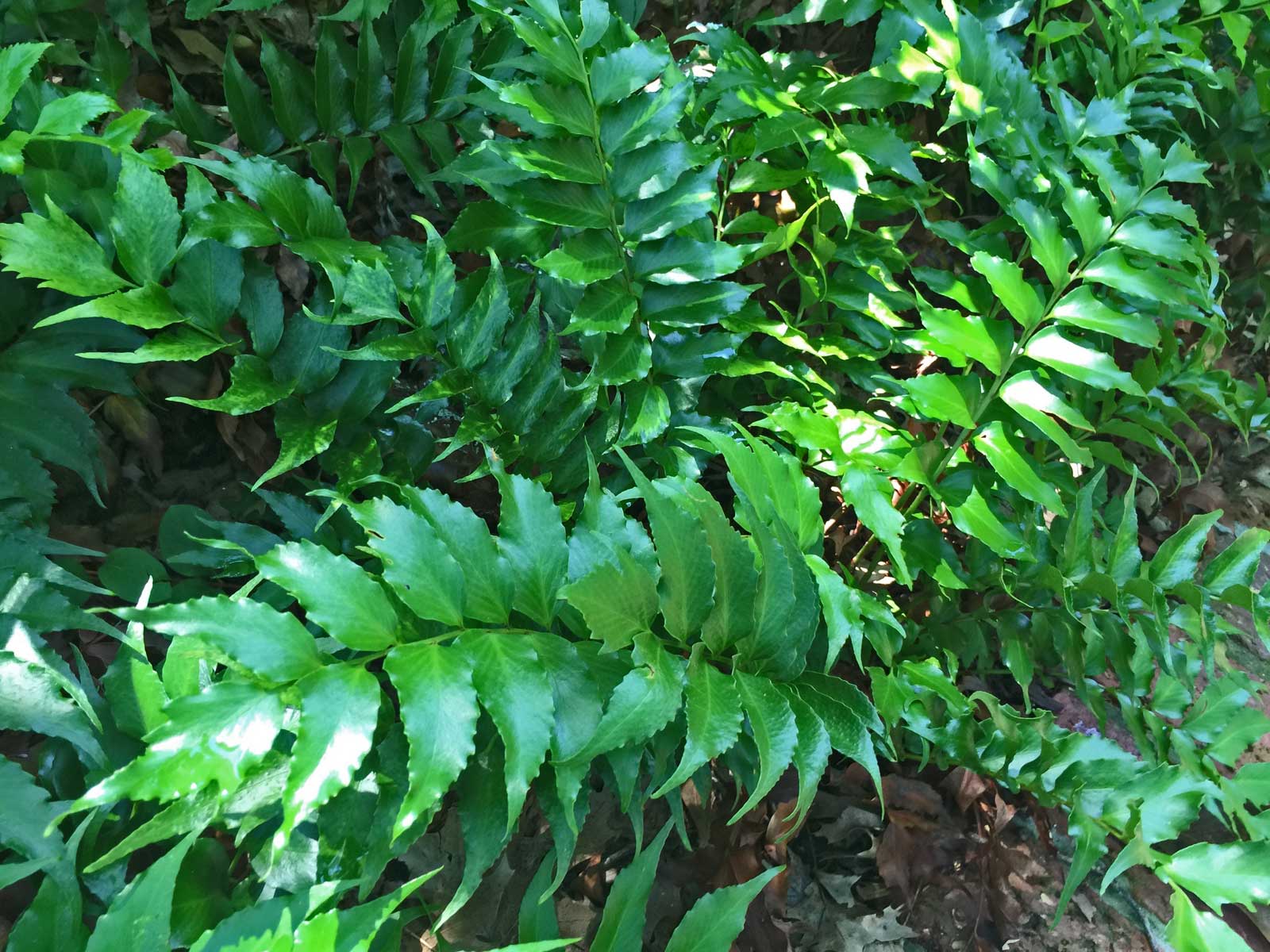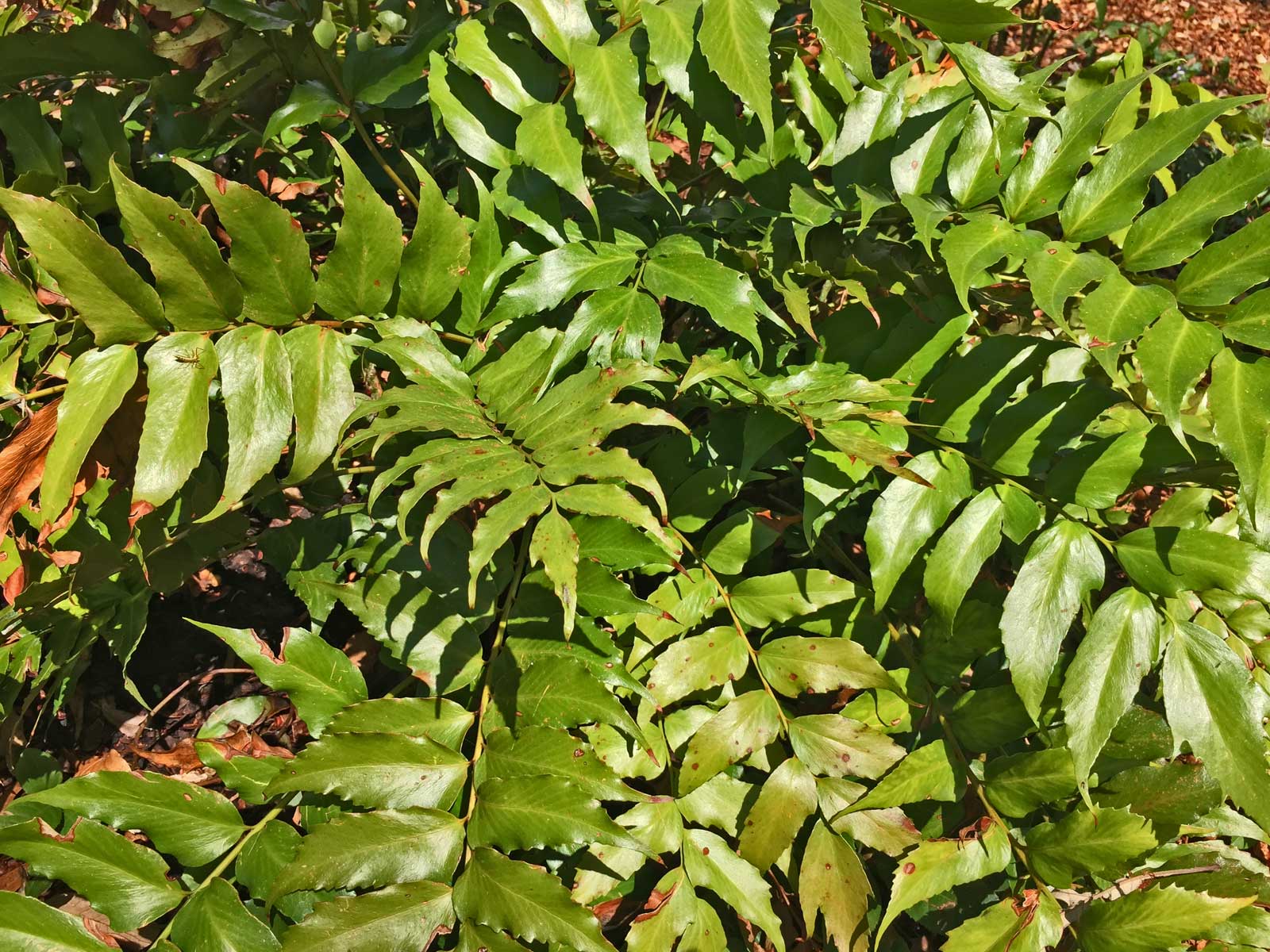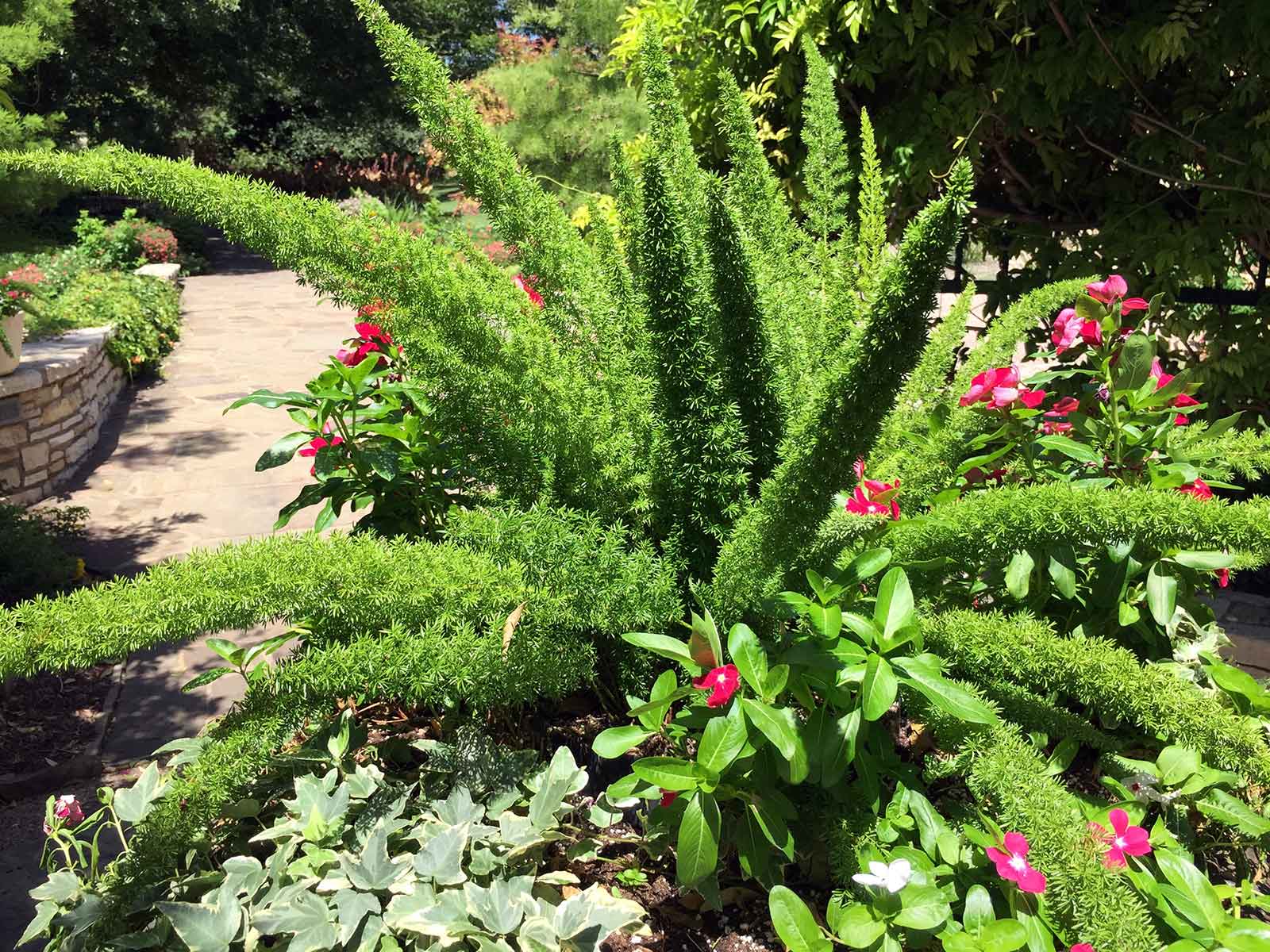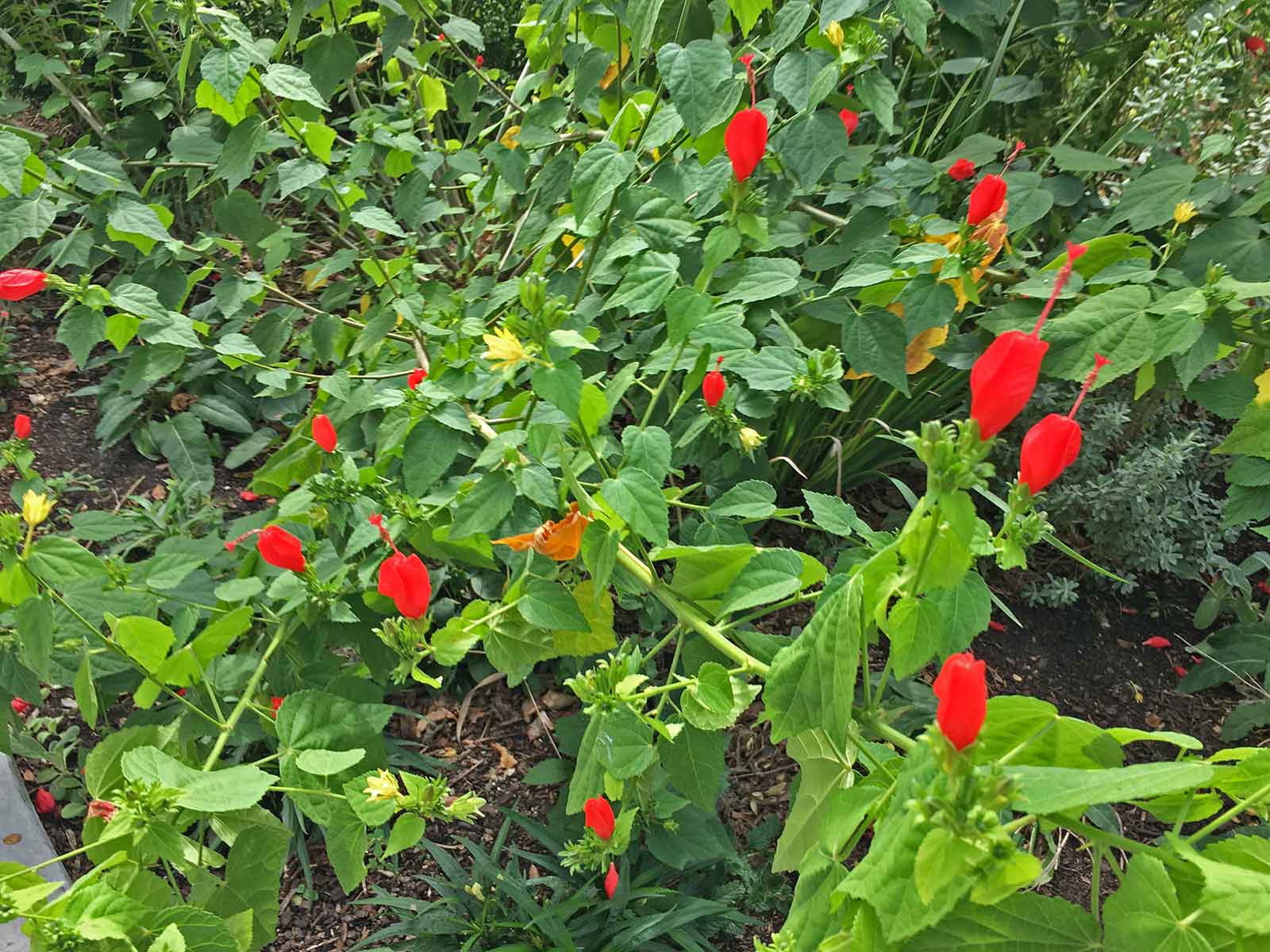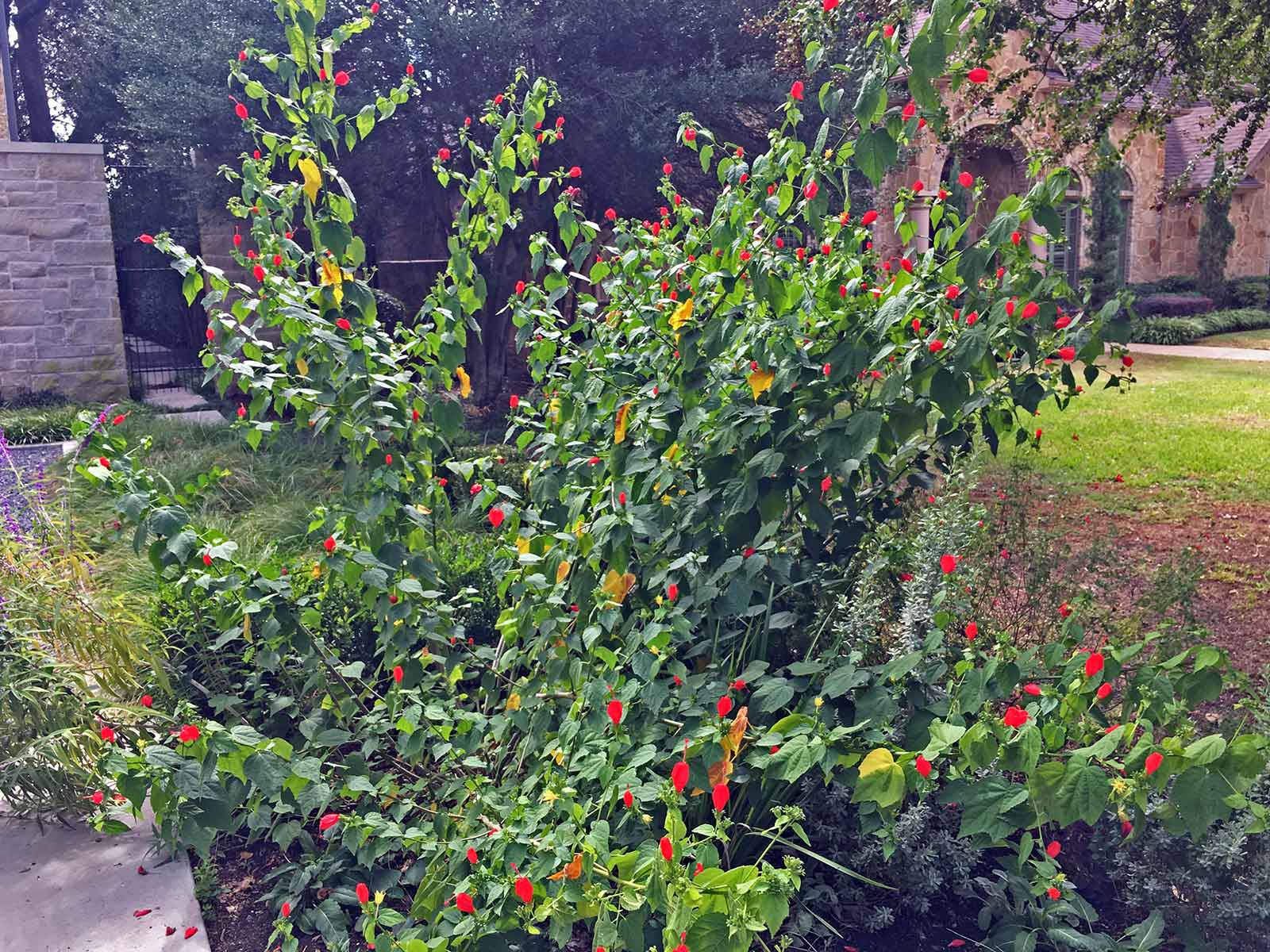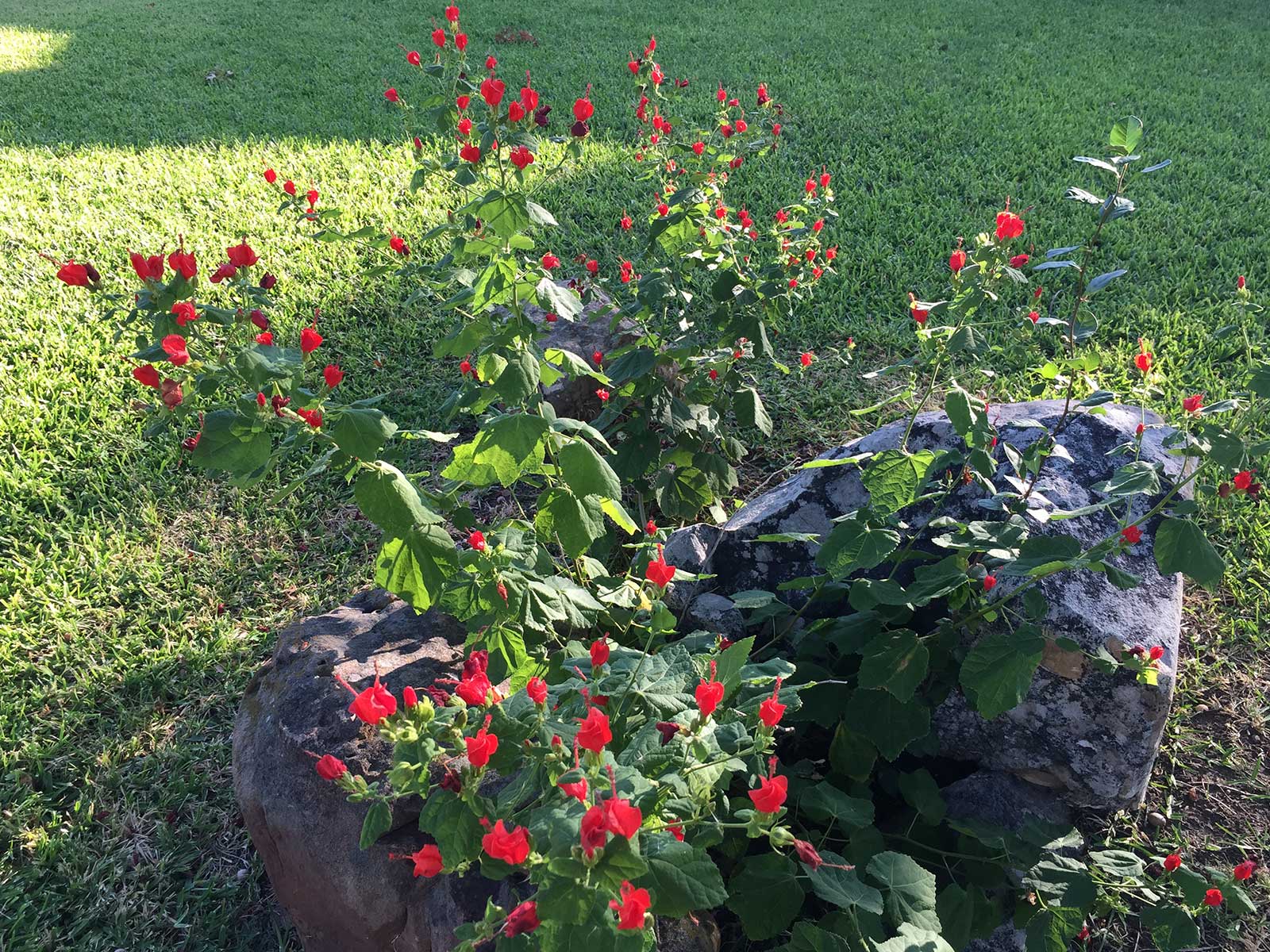Looking for the best shrubs to grow in those shady areas of your garden? We've got you covered. One common challenge that homeowners and landscape designers face is to find attractive and appealing shade-loving plants for those areas in the garden that receive limited sunlight. If you are lucky enough to have mature trees on your property or your house blocks the sun most or all of the time, then plants that thrive in the shade may be your only option. Here is a list of the 10 best shade-loving plants for the North Texas area to consider for your own garden.
1. ARALIA
Aralia (Fatsia Japonica) is an evergreen shrub that provides great texture and striking visual interest from its large, tropical looking leaves. Aralia grows in a mounded form and usually reaches about 4'-5' in heigh and spread at maturity. It loves the shade and needs the protection from hot sun. Other popular varieties besides the basic are Camouflage Variegated Japanese and Sun King Spikenard. Pros: Great texture, large leaves Cons: Can be a little delicate and can die back in low temperatures and severe winters.
2. AUCUBA
Aucuba (Aucuba japonica) is another shade loving plant that can handle even some of the deepest shade in the garden. Often overlooked, Aucuba also has a larger leaf shape and size that makes it a nice compliment to some of the other textures of shade tolerant plants. Mostly know for the 'Gold Dust' variety which features variegated, yellow spots splattered across the leaves, Aucuba is also available in a couple different varieties to consider including solid green varieties like Petite Jade Aucuba as well as a dwarf variety. Sawtoothed Japanese Aucuba is another interesting variety with narrow, dark green leaves and red berries.
Pros: Loves shade, intersting texture & color
Cons: Some don't like the yellow look on a few varieties
3. ASPIDISTRA
Aspidistra (Aspidistra eliator) or commonly know as Cast Iron Plant is an evergreen, low growing, large leaf shrub that loves those shady area in the garden. Called Cast Iron Plant for it's toughness, it is best used as a tall groundcover and mass planting.
Pros: Durable, spreading
Cons: Leaf edges can become shaggy, spreading
4. LEATHER LEAF MAHONIA
Mahonia (Mahonia japonica 'Bealei) Leather Leaf Mahonia is a striking and unique shrub with elongated stems and flat and pointed leaves. Mahonia is a truly unique shrub that provides a variety of visual interest and color ranging from fragrant yellow blooms in the spring that are then followed by light blue and black berry clusters. It also offers a red and burgundy leaf color in the fall for even more color in the garden. Another newer variety that is recommended is the Mahonia 'Soft Caress' which has a more delicate and fern-like texture.
Pros: Striking and unusual shape and texture
Cons: Can get leggy and should be planted away from foot traffic
5. CAMELLIA
Japanese Camellia (Camellia sp.) is a popular shade-loving plant due to it's colorful, rose-like blooms in the spring time. Growing over 6' tall and 4' wide in maturity, it a good choice for brining color to a dark area of your garden. Featuring dark glossy leaves, Camellia is available in many different colors and varieties including pink, red and yellow. Popular Sasanquah varieties are 'Diana', 'April Tryst', 'Debutante', 'Morning Glow' along with many others can be viewed at Monrovia.com.
Pros: Colorful, taller size
Cons: Requires acidic soil and fertilizer, can get chlortic looking, requires pruning
6. AZALEA
Azalea (Rhododendron spp.) is one of the most popular plants for shady areas due to it's intense and colorful blooms in the spring time. Anyone who has driven through Highland Park in March and April can certainly attest to the popularity of this shrub. Growing in several sizes from dwarf to large, Azaleas can provide bloom colors in white, red, peach, pink, purple and everywhere in between. Encore Azaleas are a newer variety that provides multiple blooms in both spring and through fall. Although a popular shrub, it is likely to be planted less and less due to it's high water and fertilization requirements that will be tough to include in the water restricted landscapes that will soon be the norm for North Texas.
Pros: beautiful, colorful blooms
Cons: High water and fertilization requirements
7. PODOCARPUS
Podocarpus (Podocarpus macrophylla) is a taller, evergreen shrub with narrow leaves and dark green foliage that serves as a great background plant in the garden. Featuring narrow leaves, Podocarpus is has a nice texture and can be used in and upright form for tighter spaces.
Pros: Taller form, evergreen, can be used for privacy screening
Cons: Tips can get a little yellow, freeze damage in severe winters without protection
8. NANDINA
Nandina (Nandina spp.) or Dwarf Heavenly Bamboo is a versatile and durable shrub that offers what many other plants cannot which is a striking color in the winter season. Available in several different varieties such as 'Gulf Stream', 'Obsession' and smaller sizes like 'Flirt', it's delicate leaf texture will turn red and orange in the winter and can provide red berries in the winter as well.
Pros: Winter interest, durable, evergreen
Cons: Can get leggy, certain varieties look chlorotic
9. FERNS
Ferns are an obvious and popular choice for shade gardens due to their delicate leaf texrure and love of the shade. There are many different types of ferns to consider including Wood Fern, Autumn Fern, Japanese Painted Fern along with the evergreen variety of Holly Fern. Ferns are a great choice to mix in with other textures and sizes of plants. If you need some inspiration, take a stroll through the Eugenia Leftwich Palmer Fern Dell at the Dallas Arboretum.
Pros: Interesting textures, delicate leaves
Cons: Can be sensitive to extreme winters
10. TURK'S CAP
Turk's Cap (Malvaviscus drummondii) is the only perennial on the list, but can also provide some color to shady areas in the garden. Growing up over 4' tall, it has a large and coarse leave with bright red, tubular flowers in the summer. It also is a good drought tolerant selection for areas that don't need a lot of water.
Pros: Bright red blooms, drought tolerant
Cons: Not evergreen, nondescript when not in bloom, a little shaggy looking
